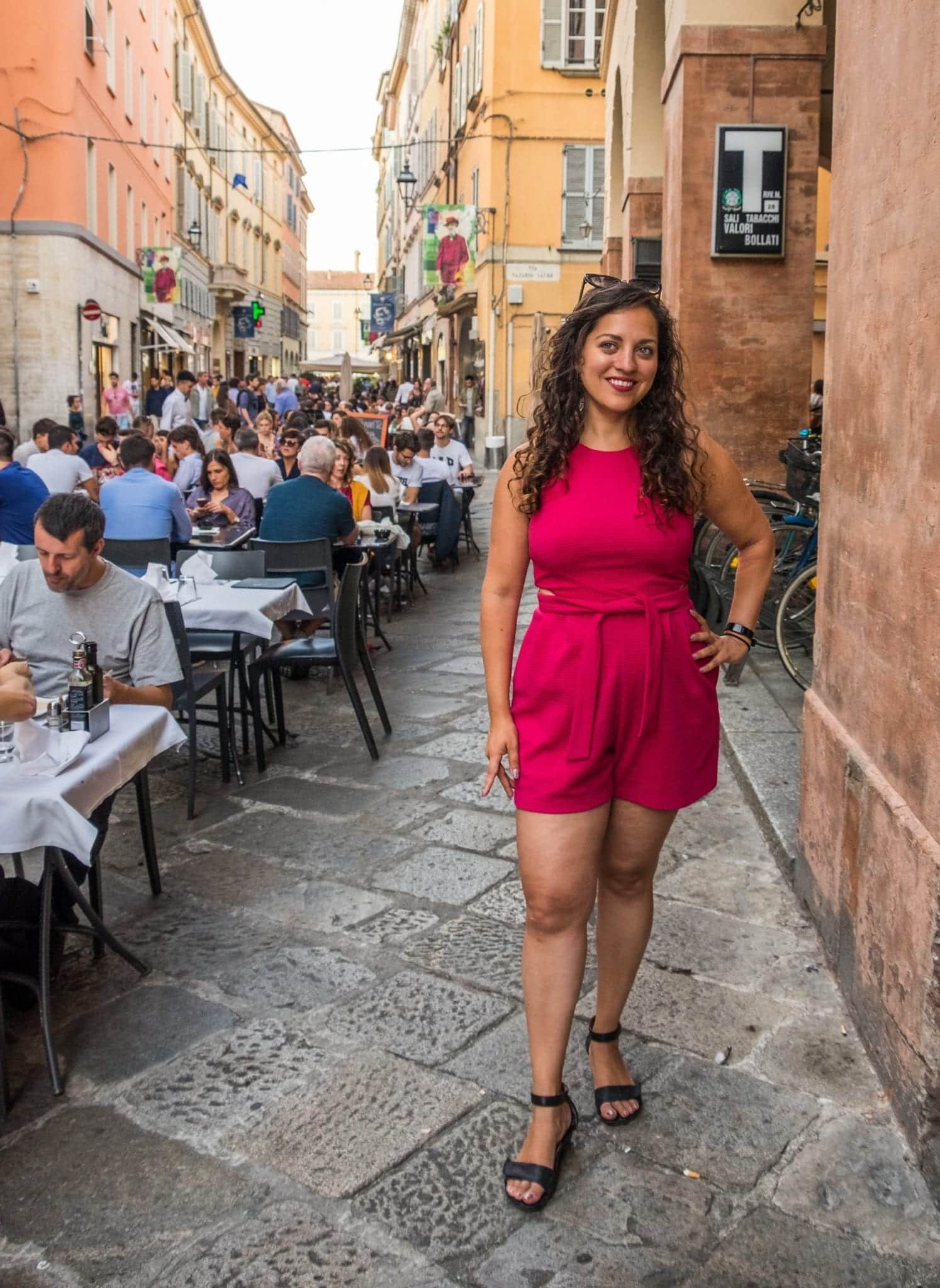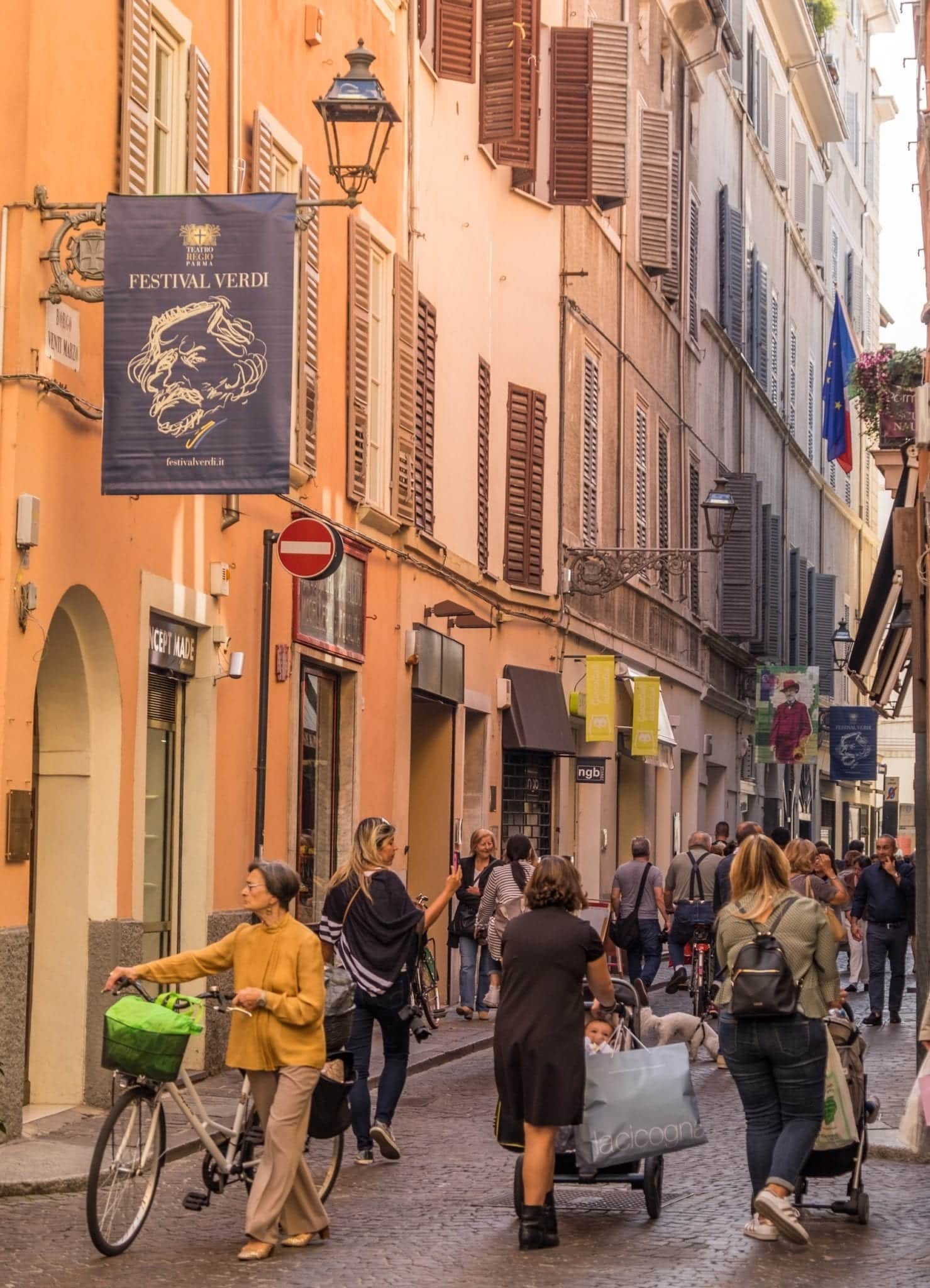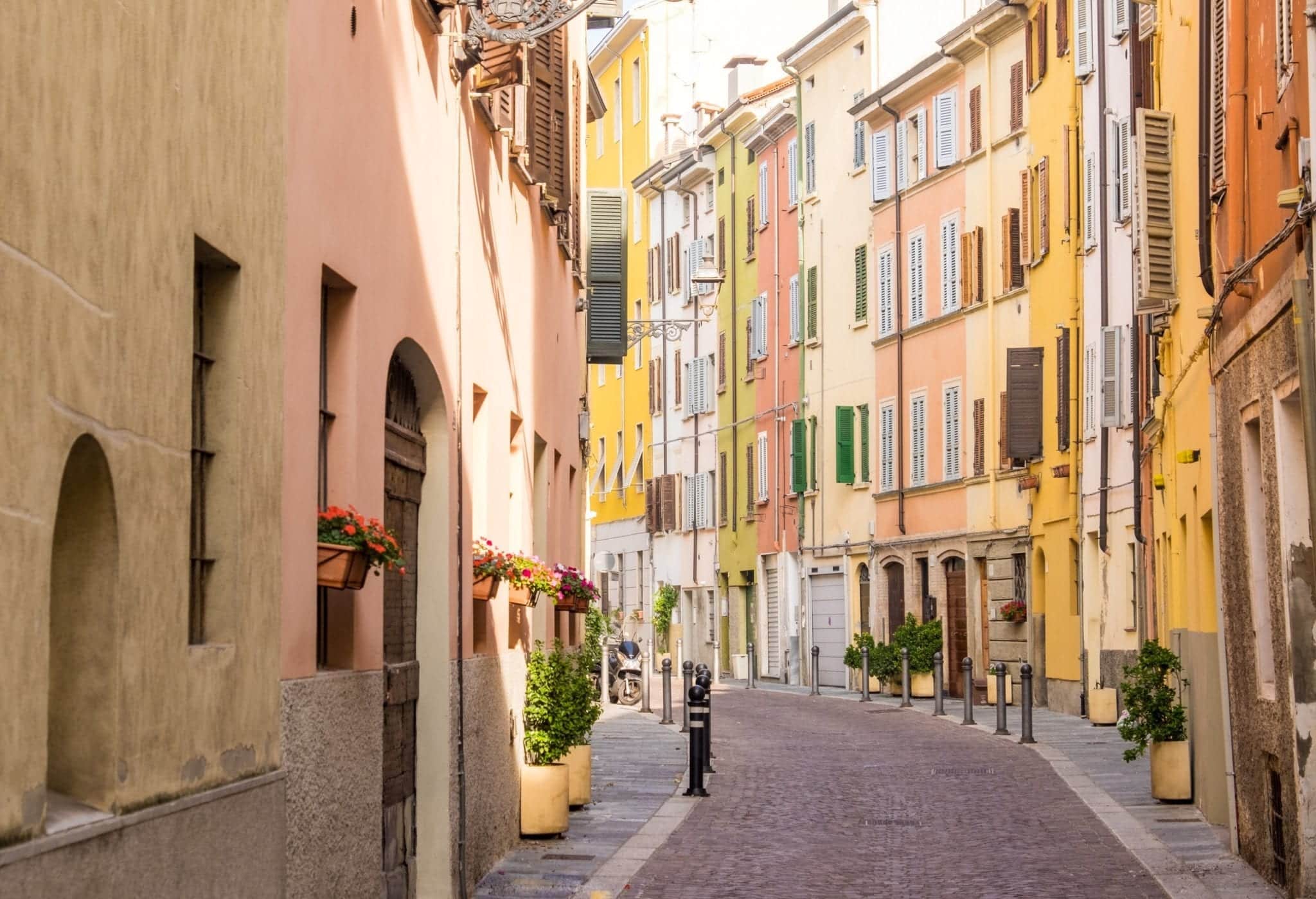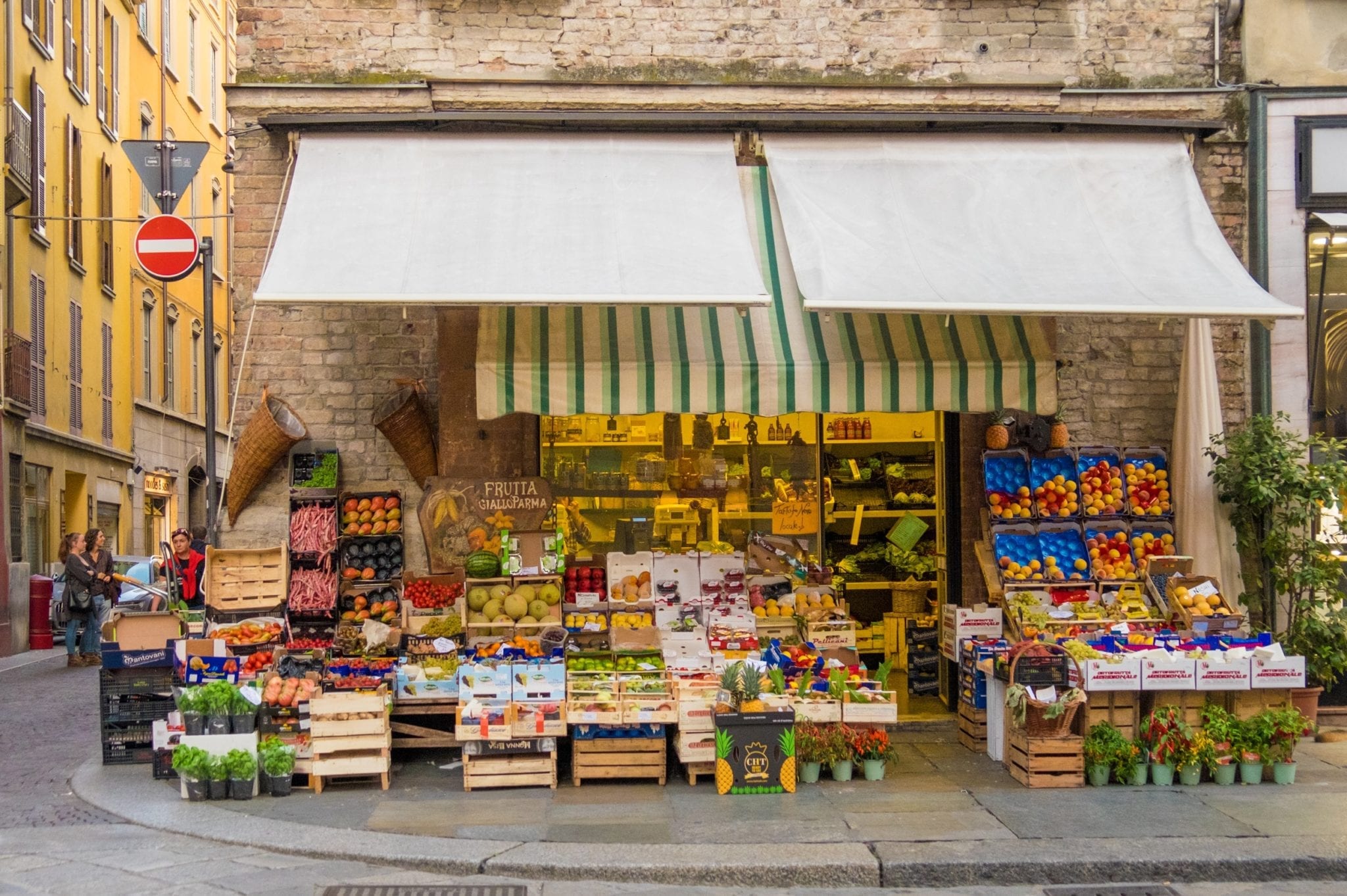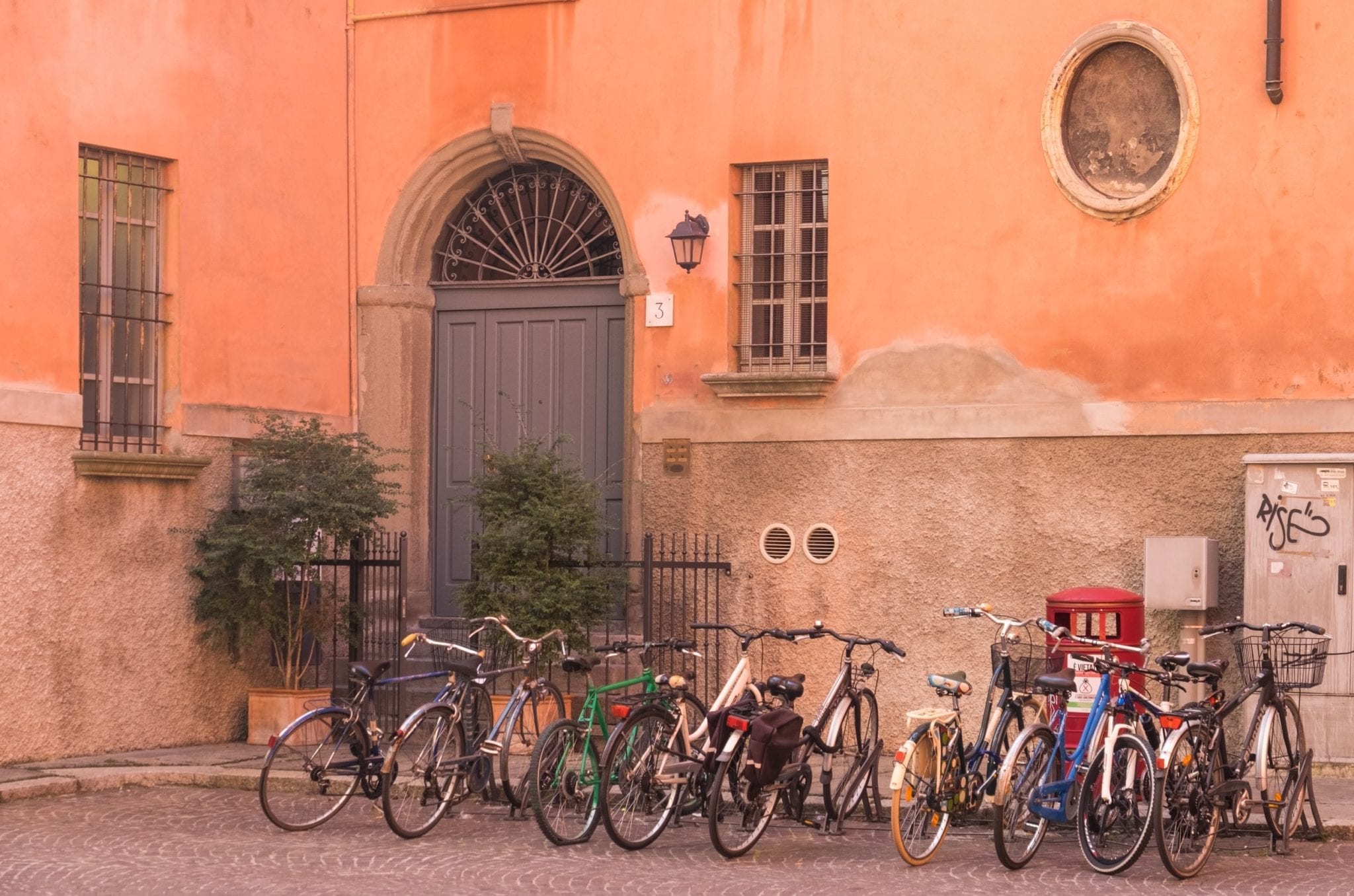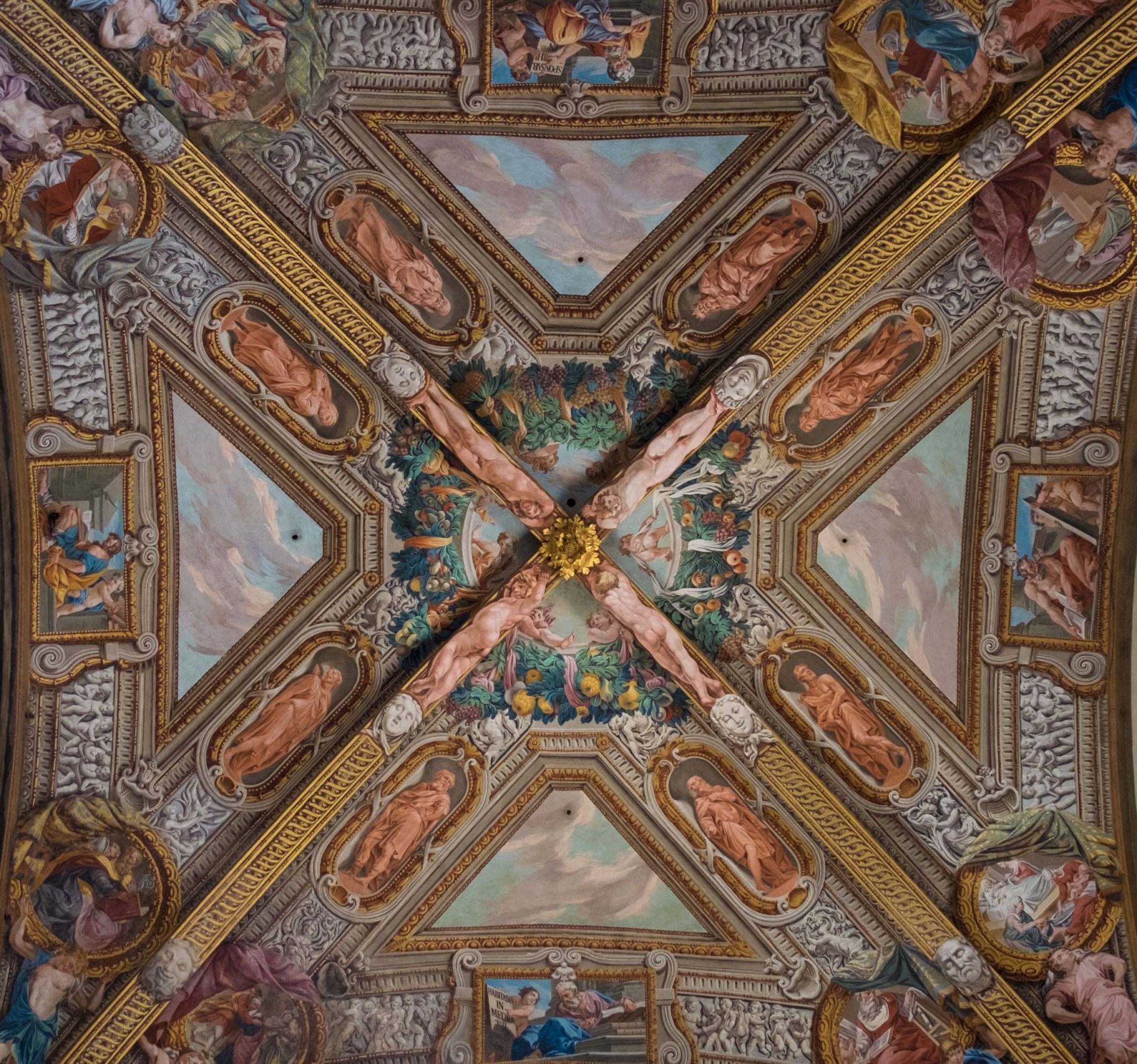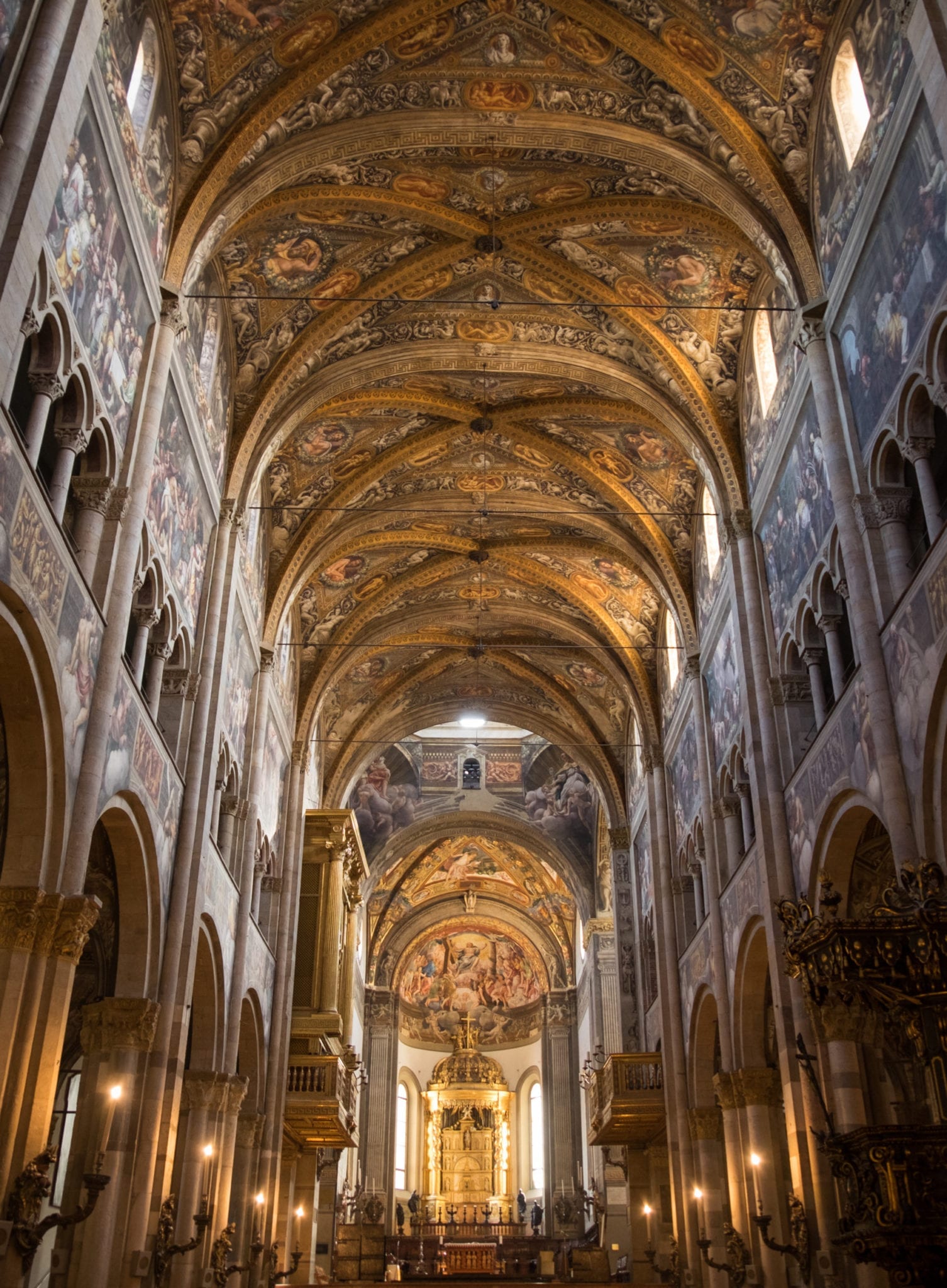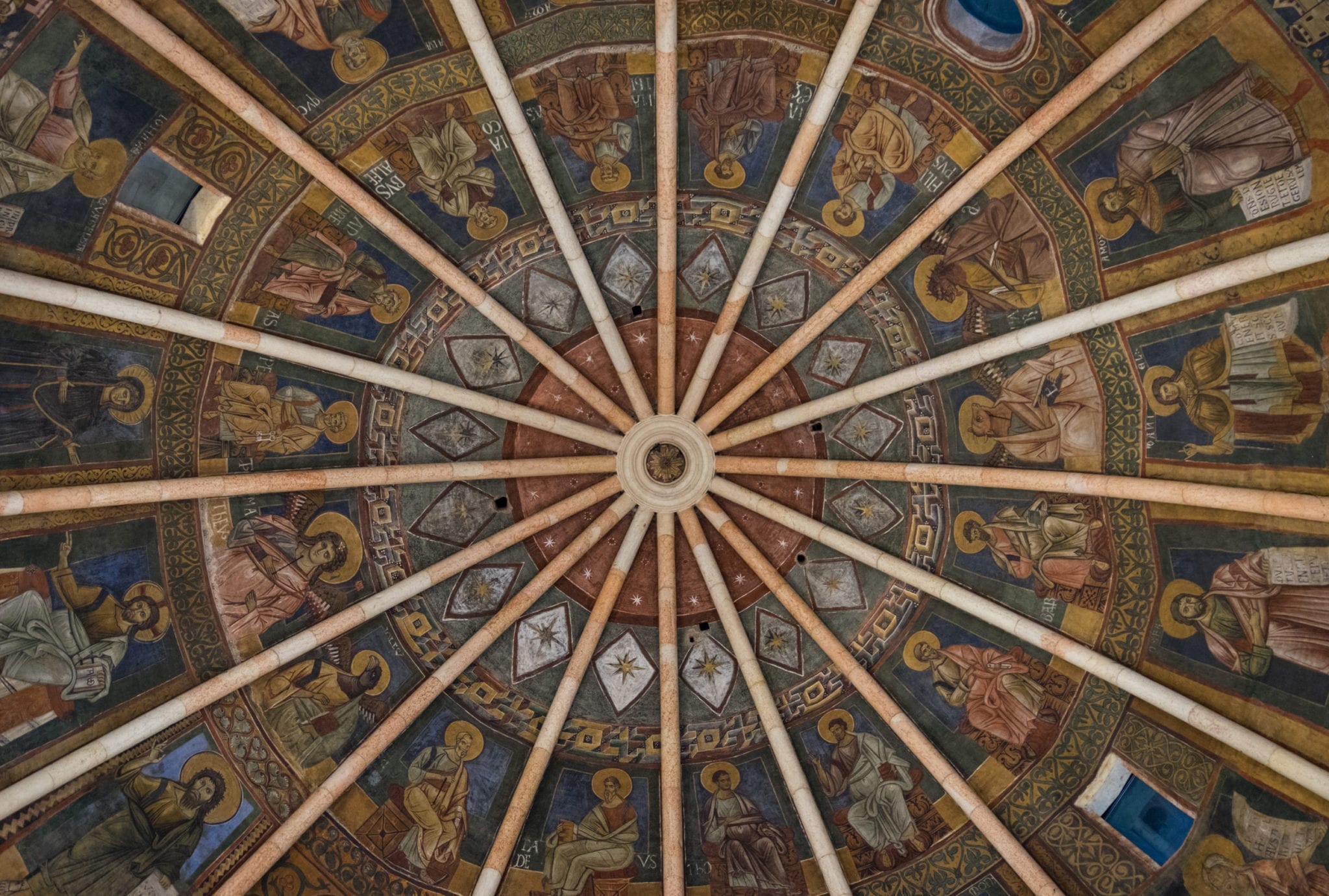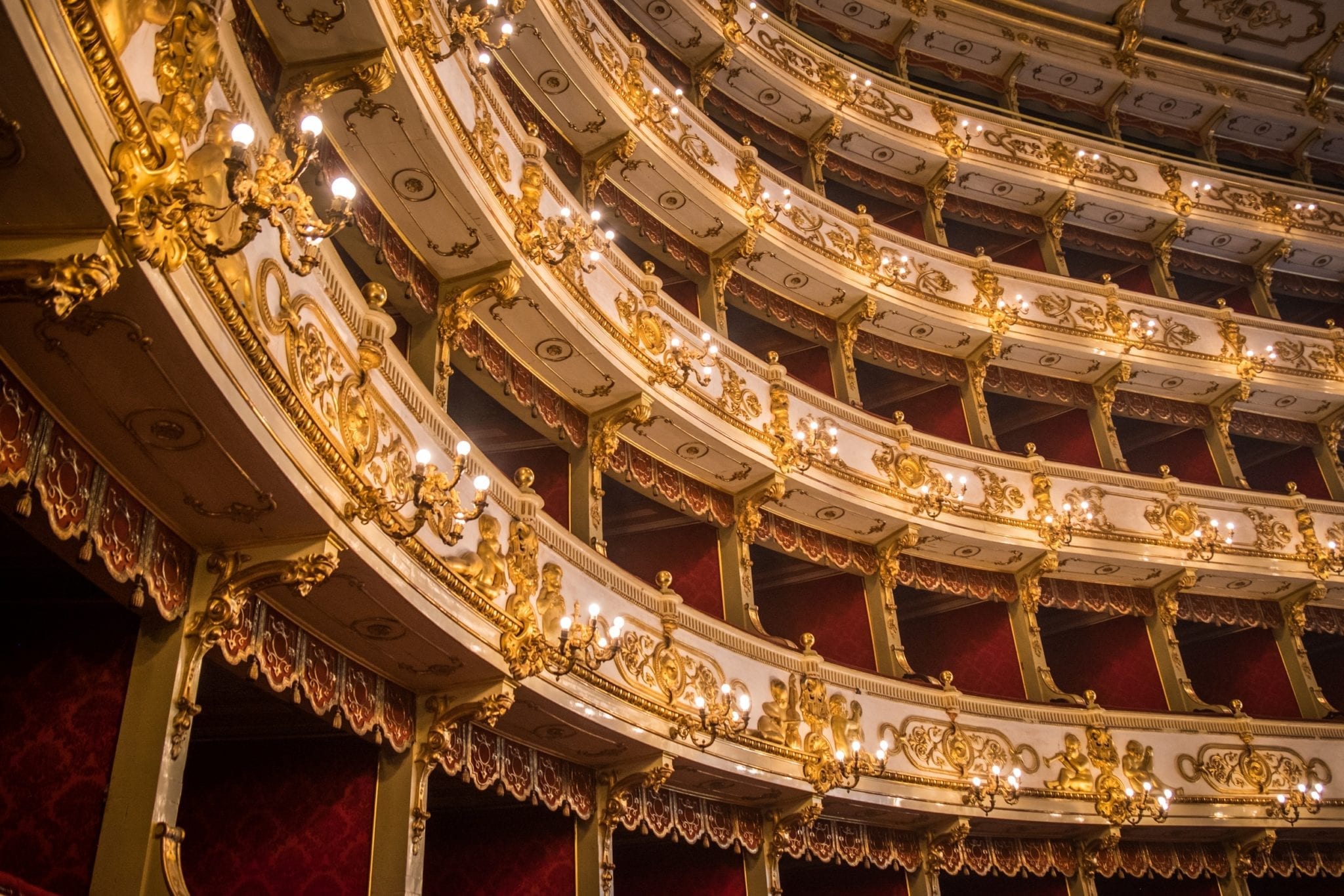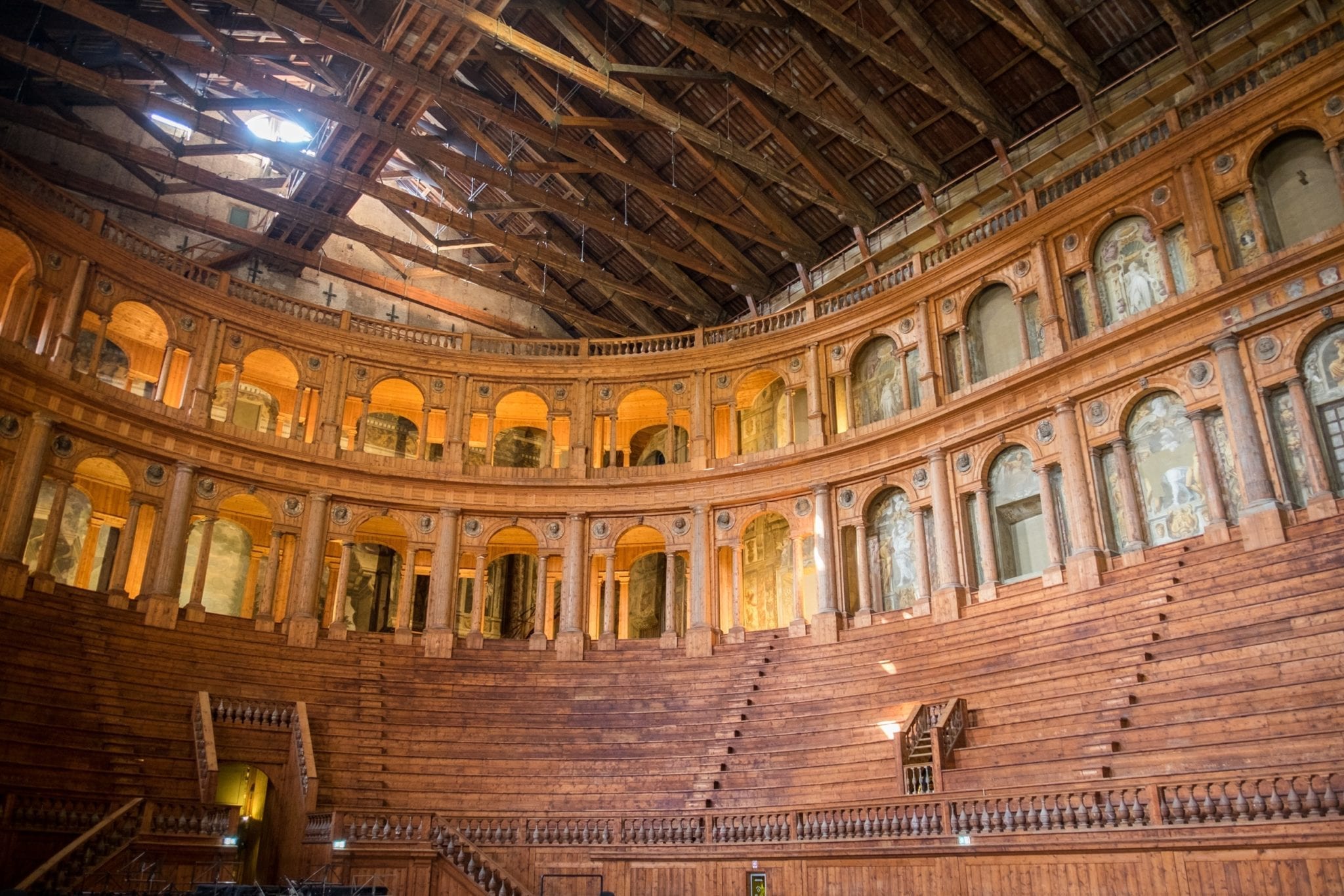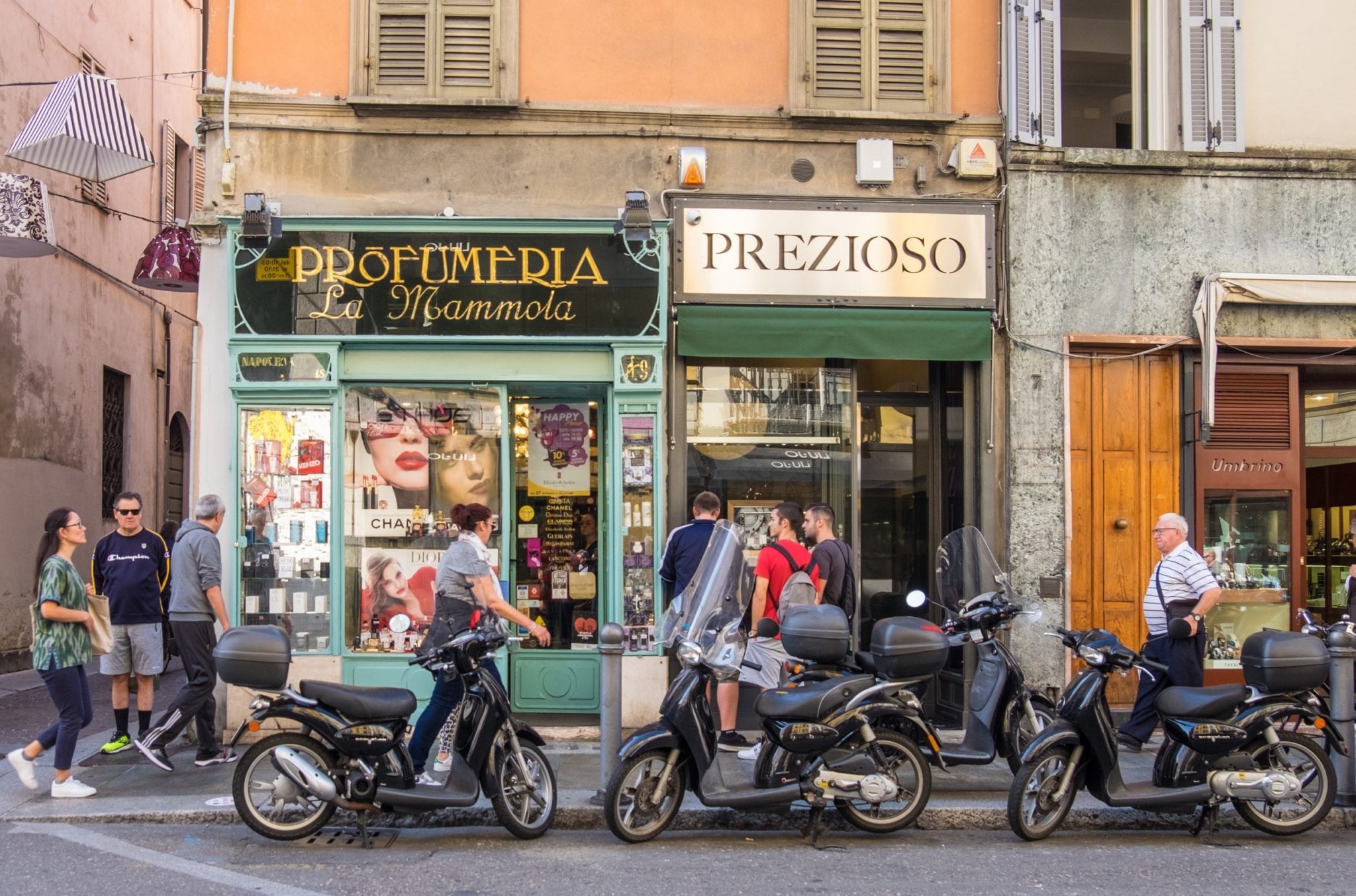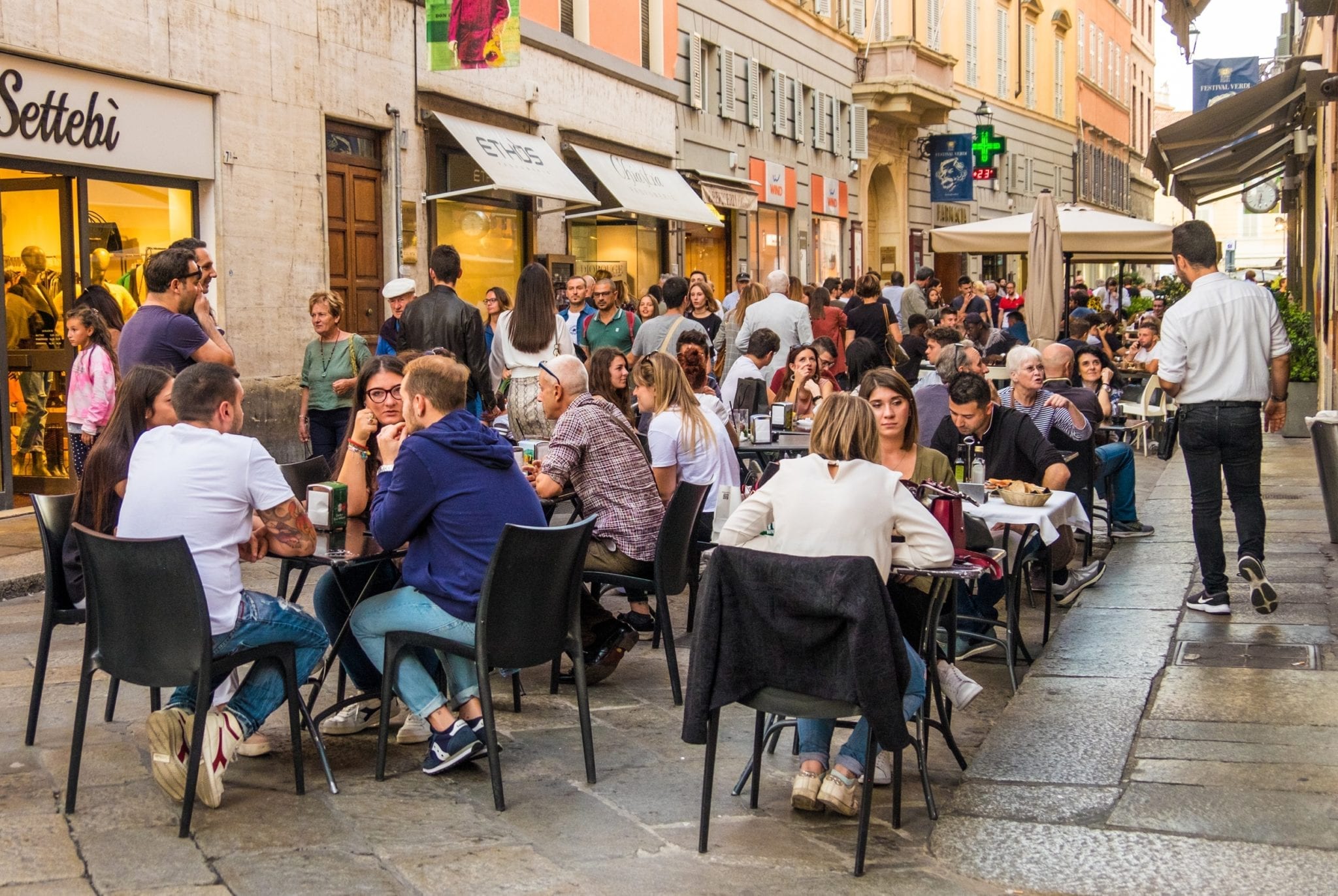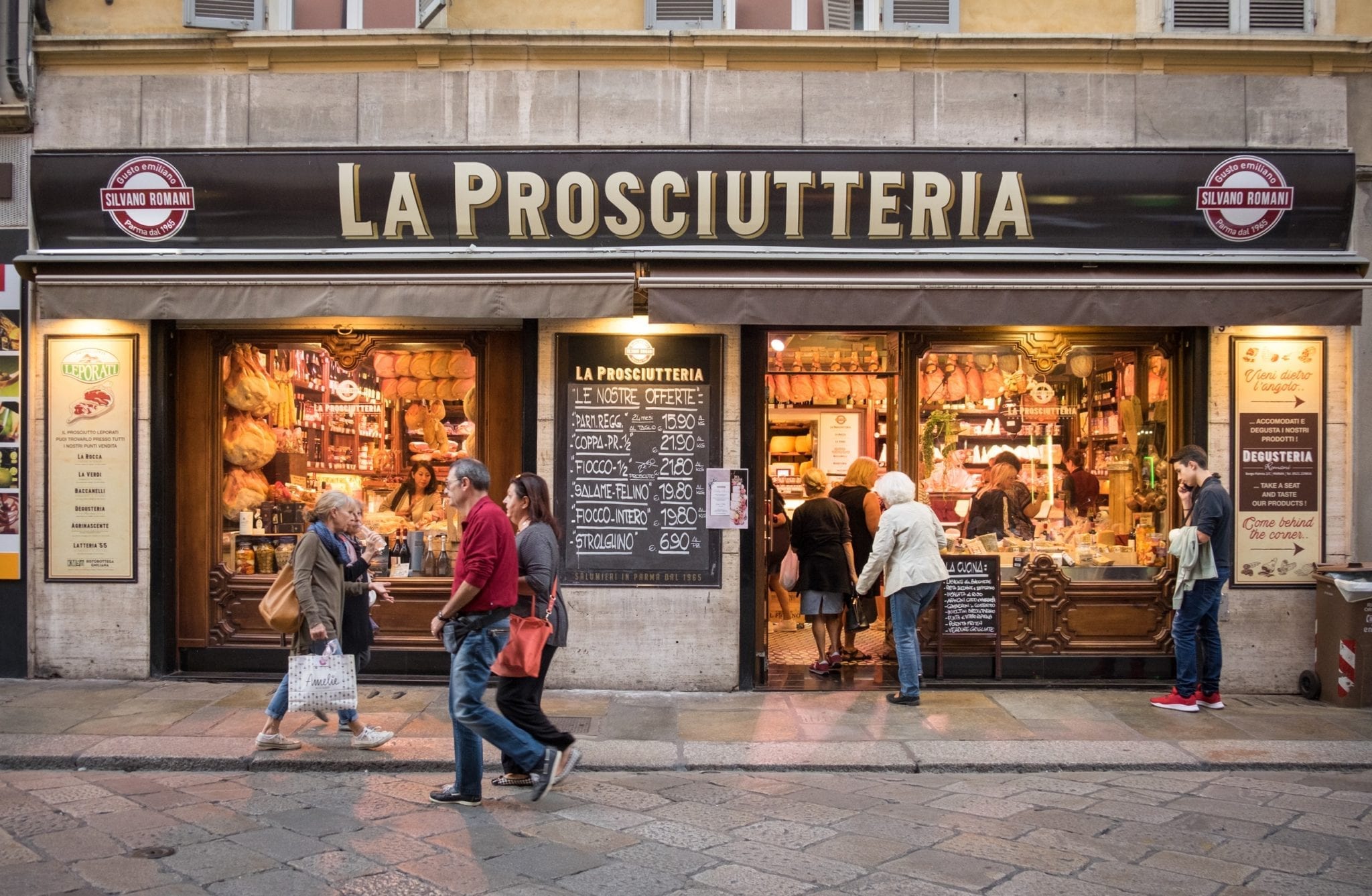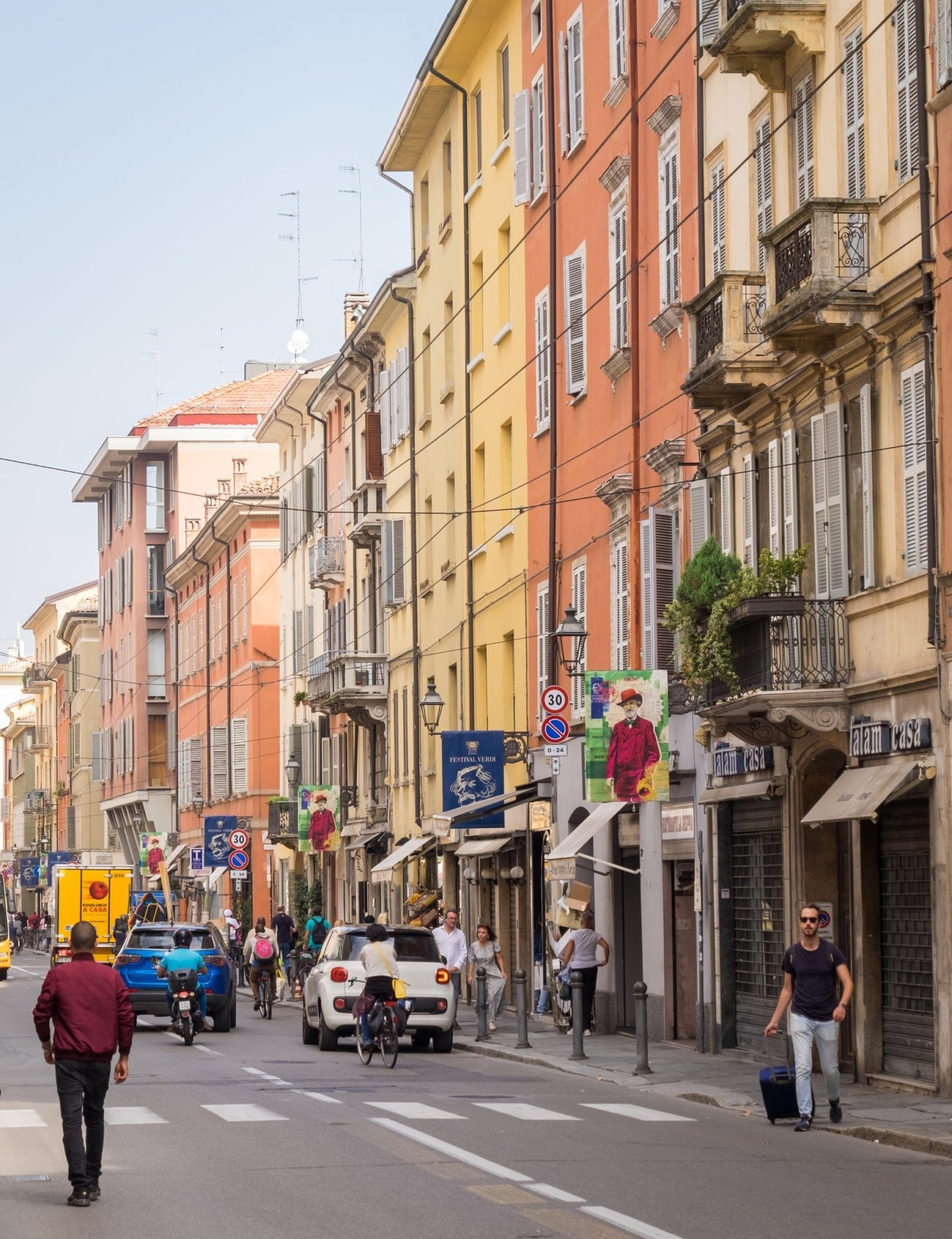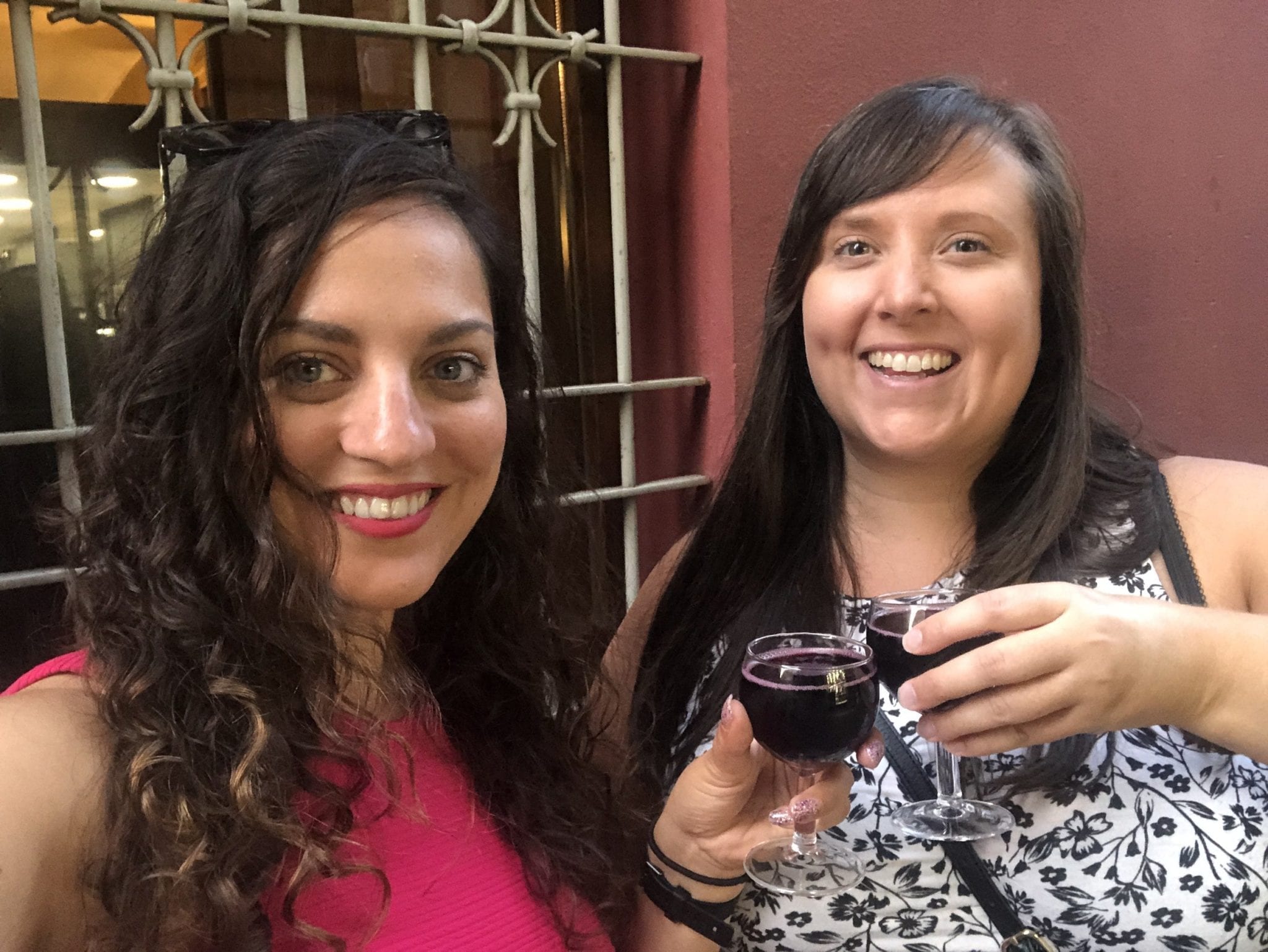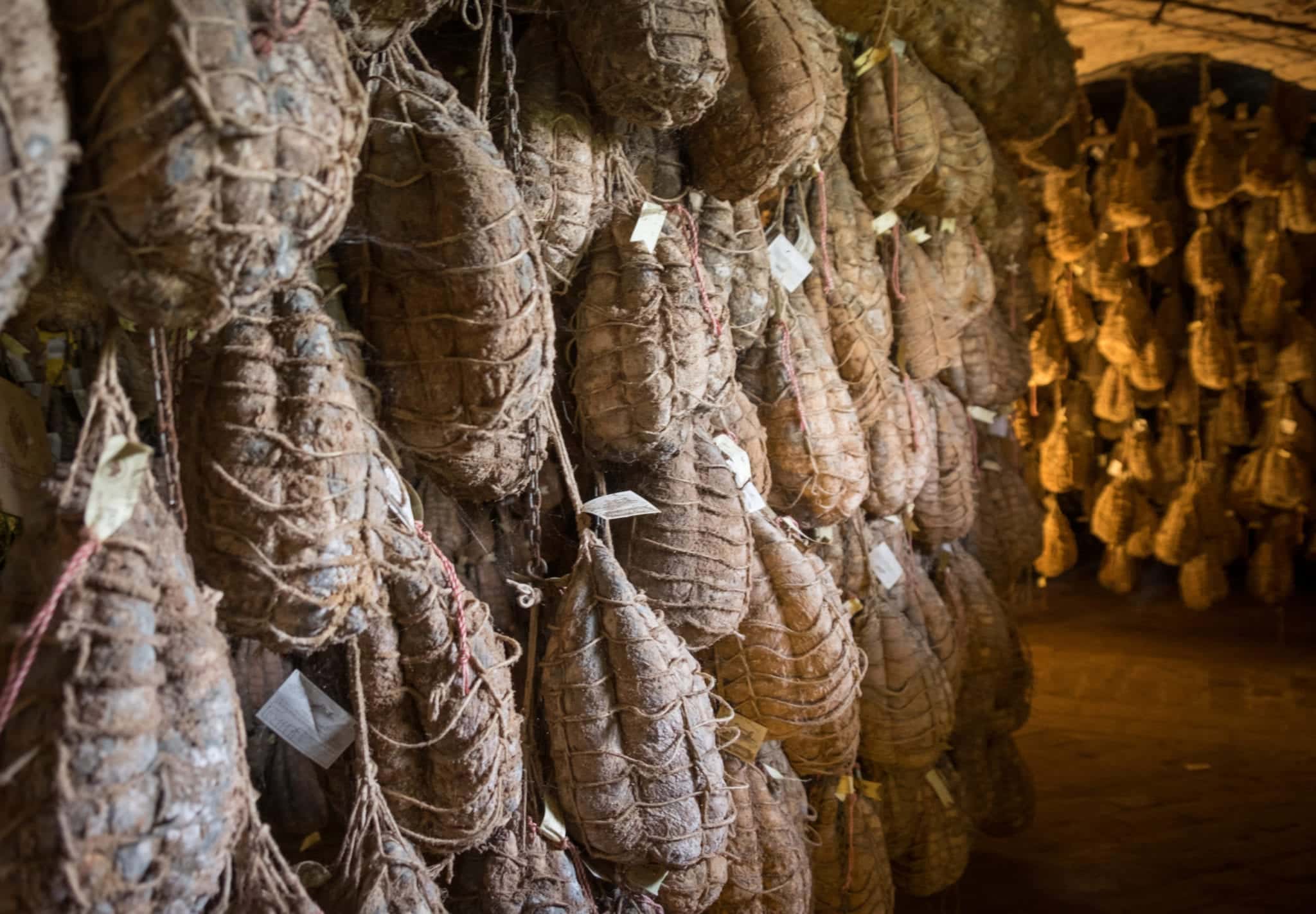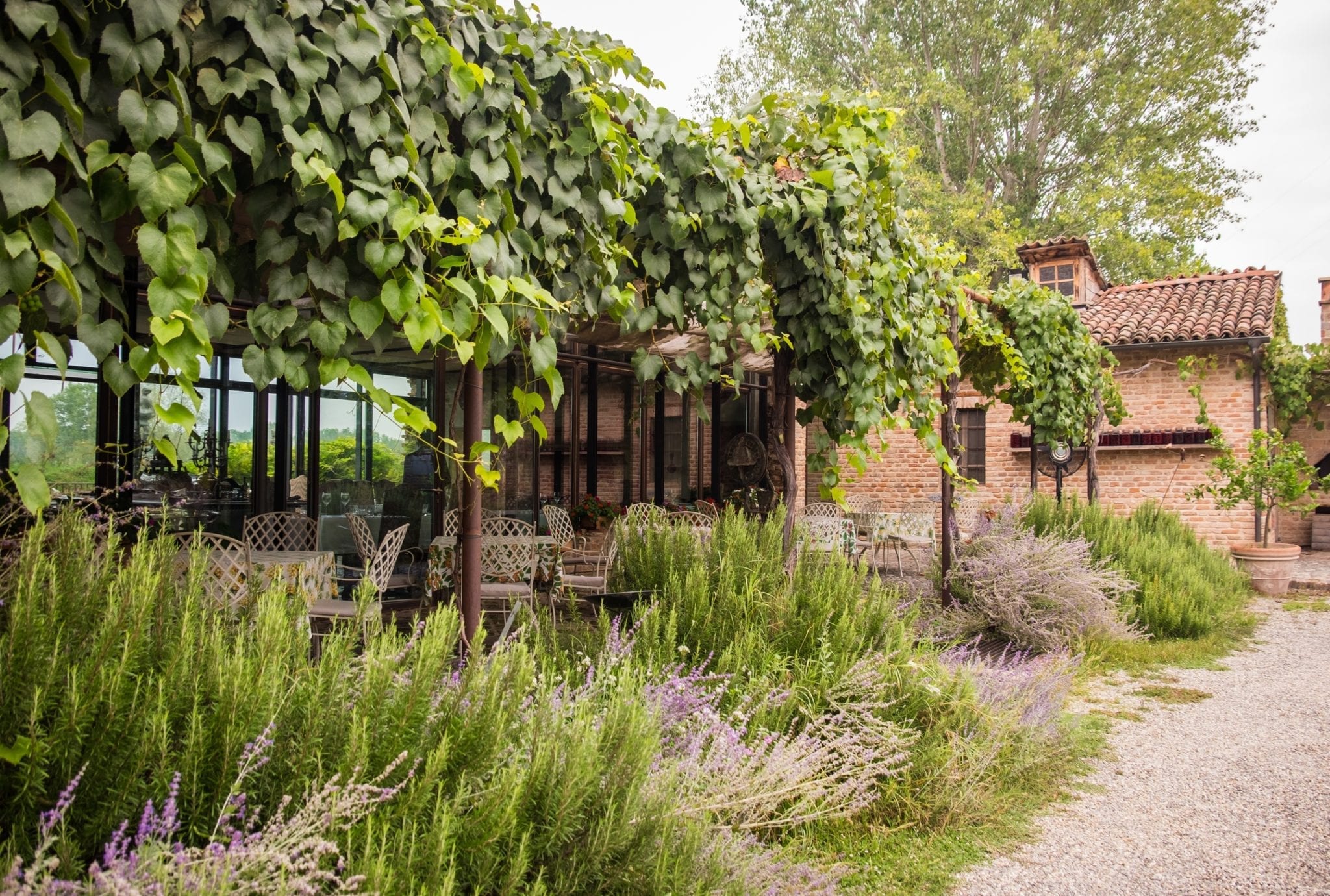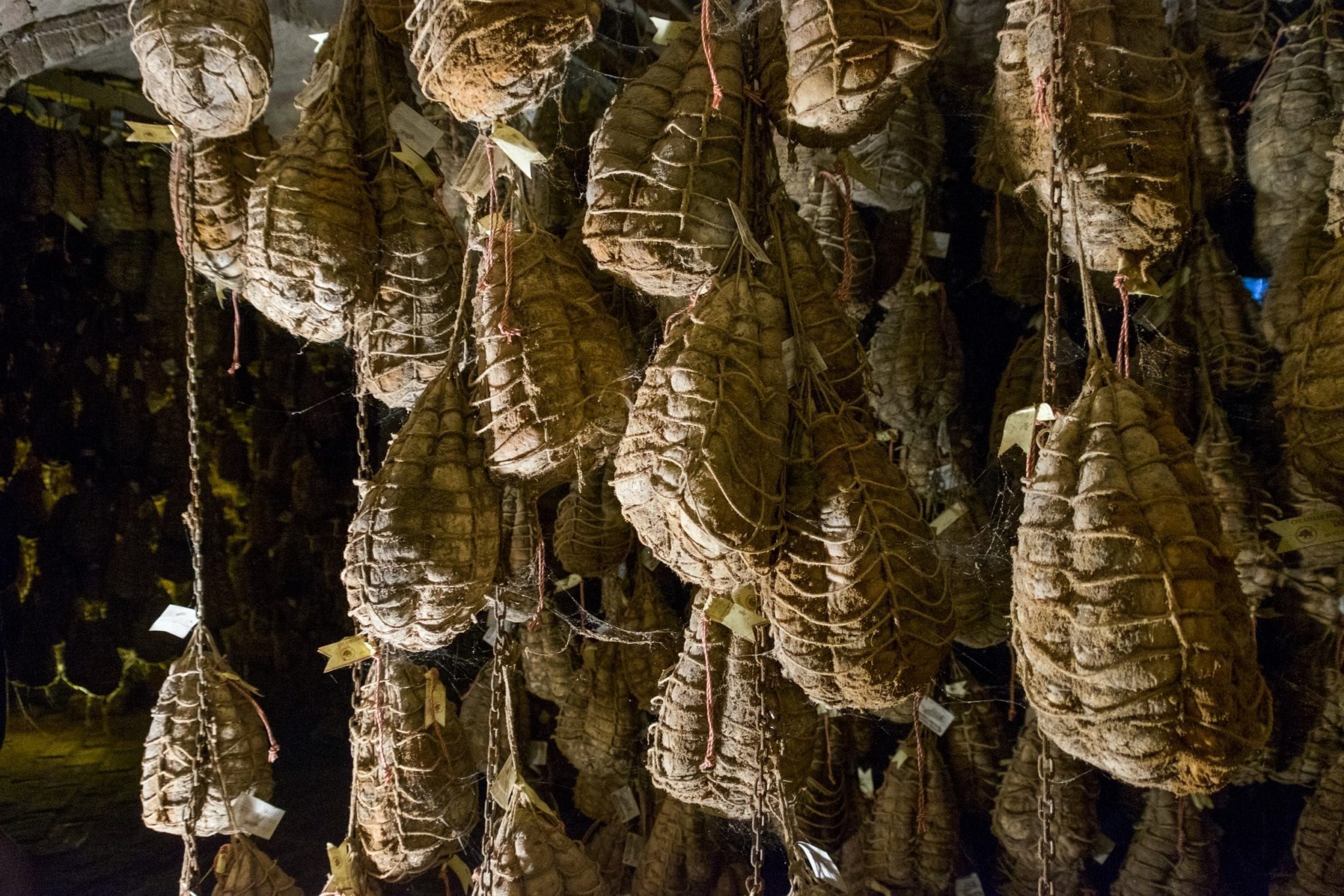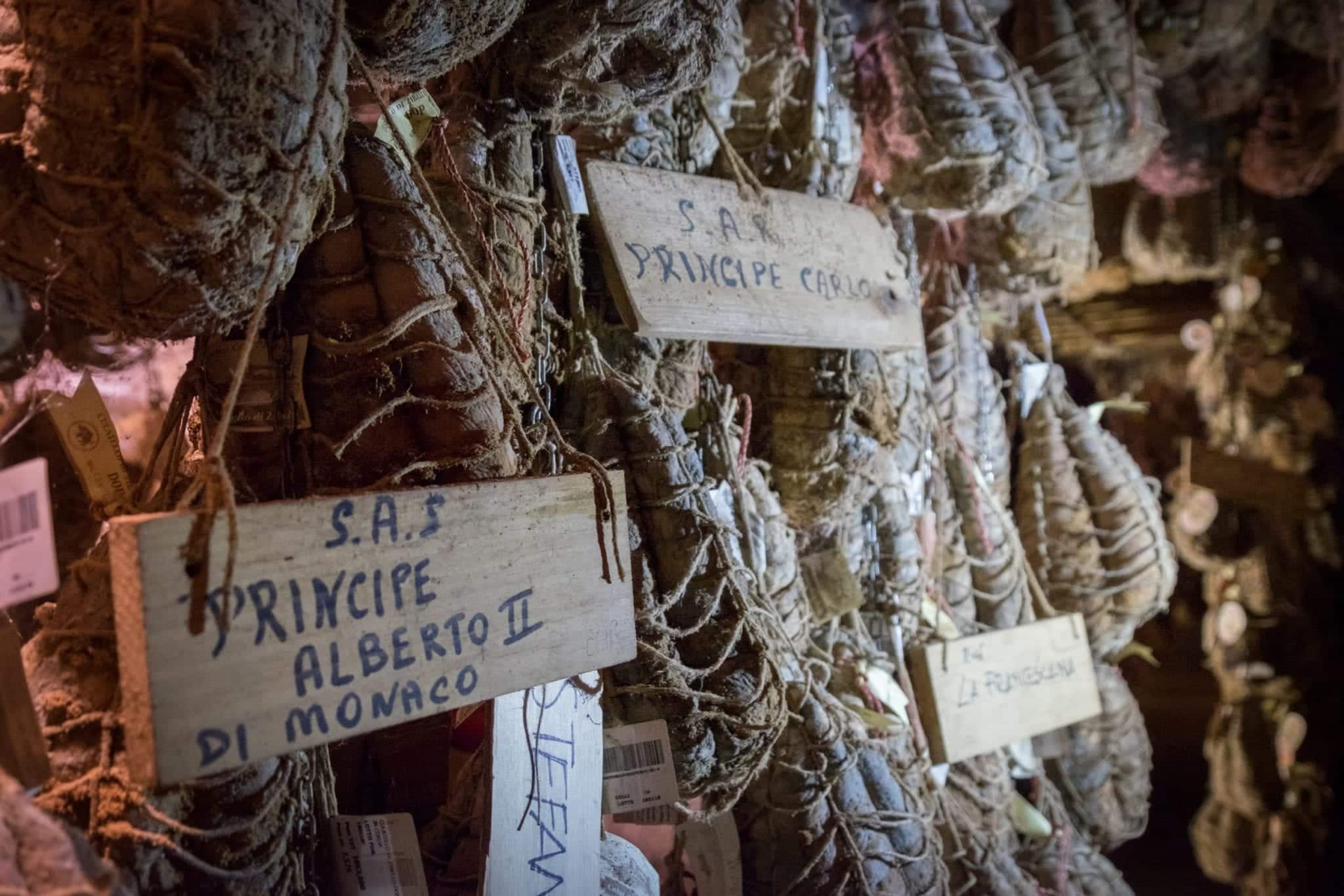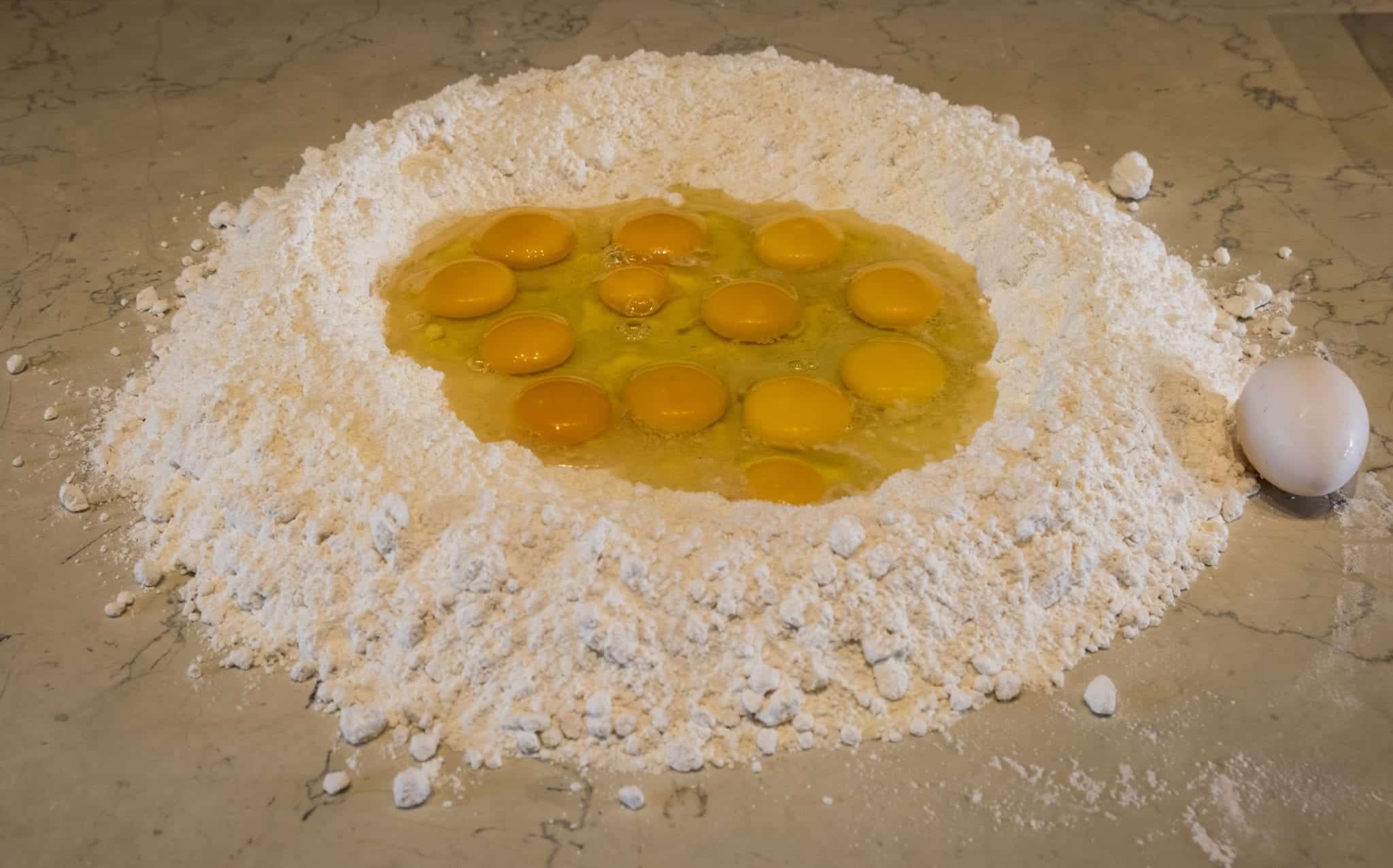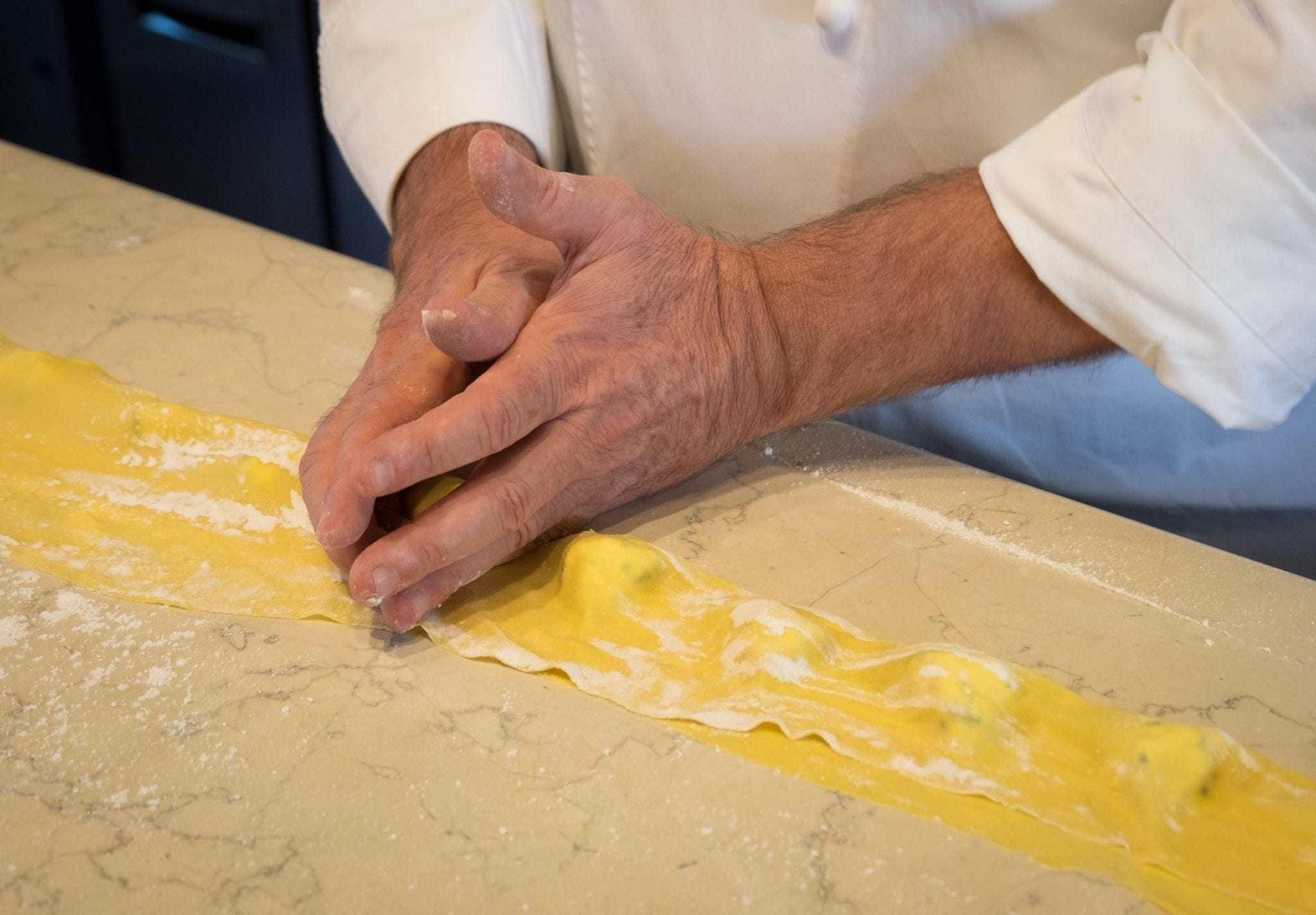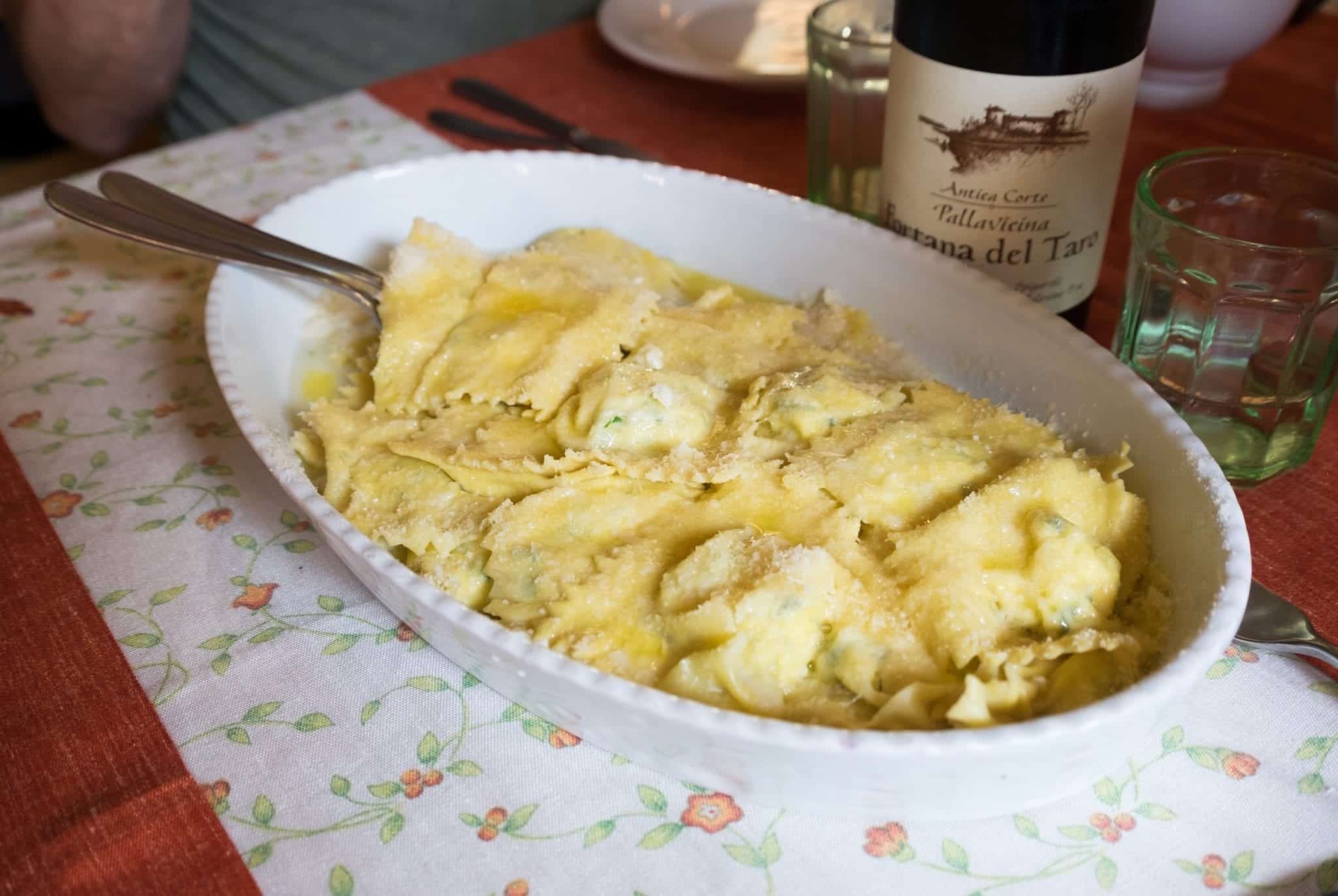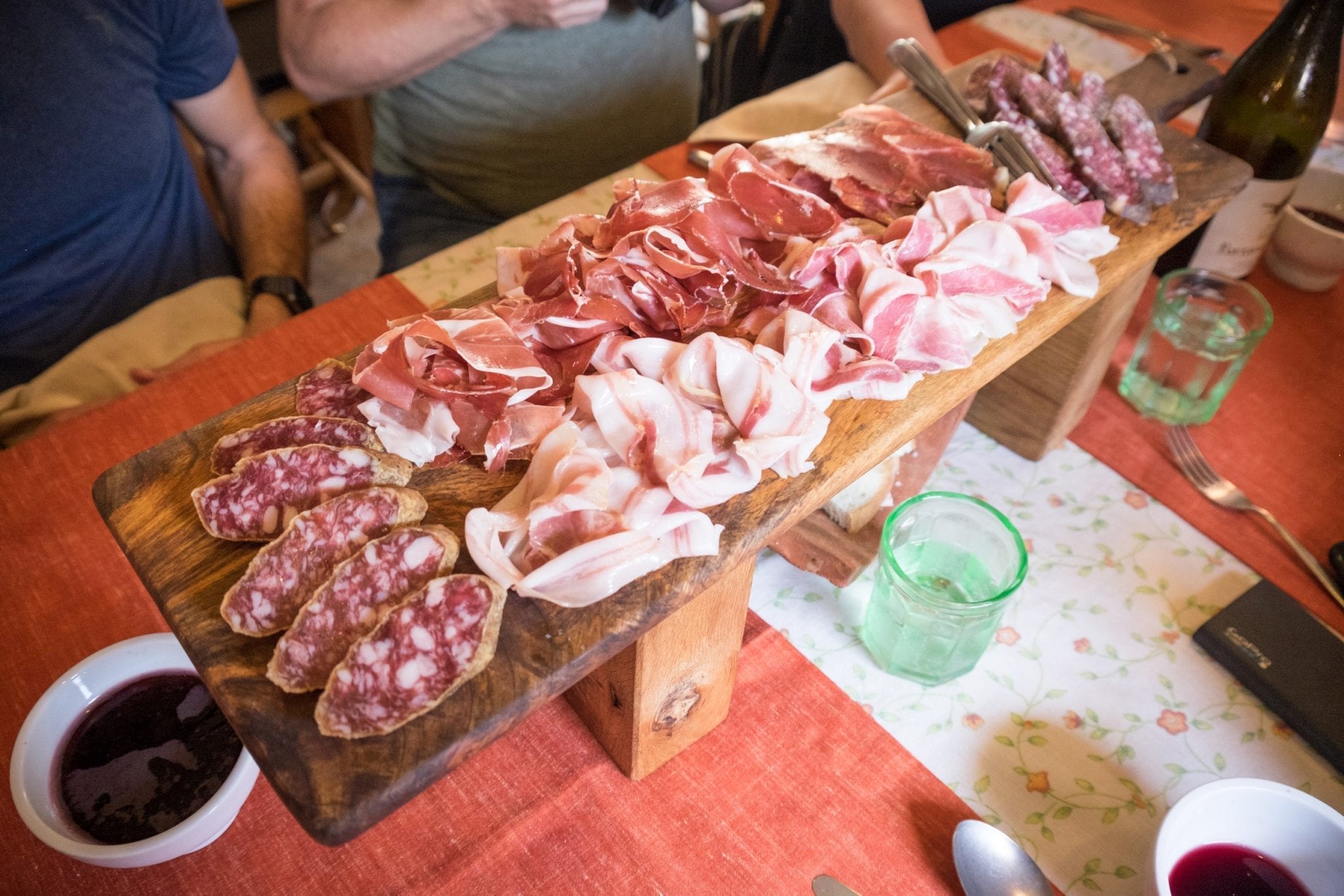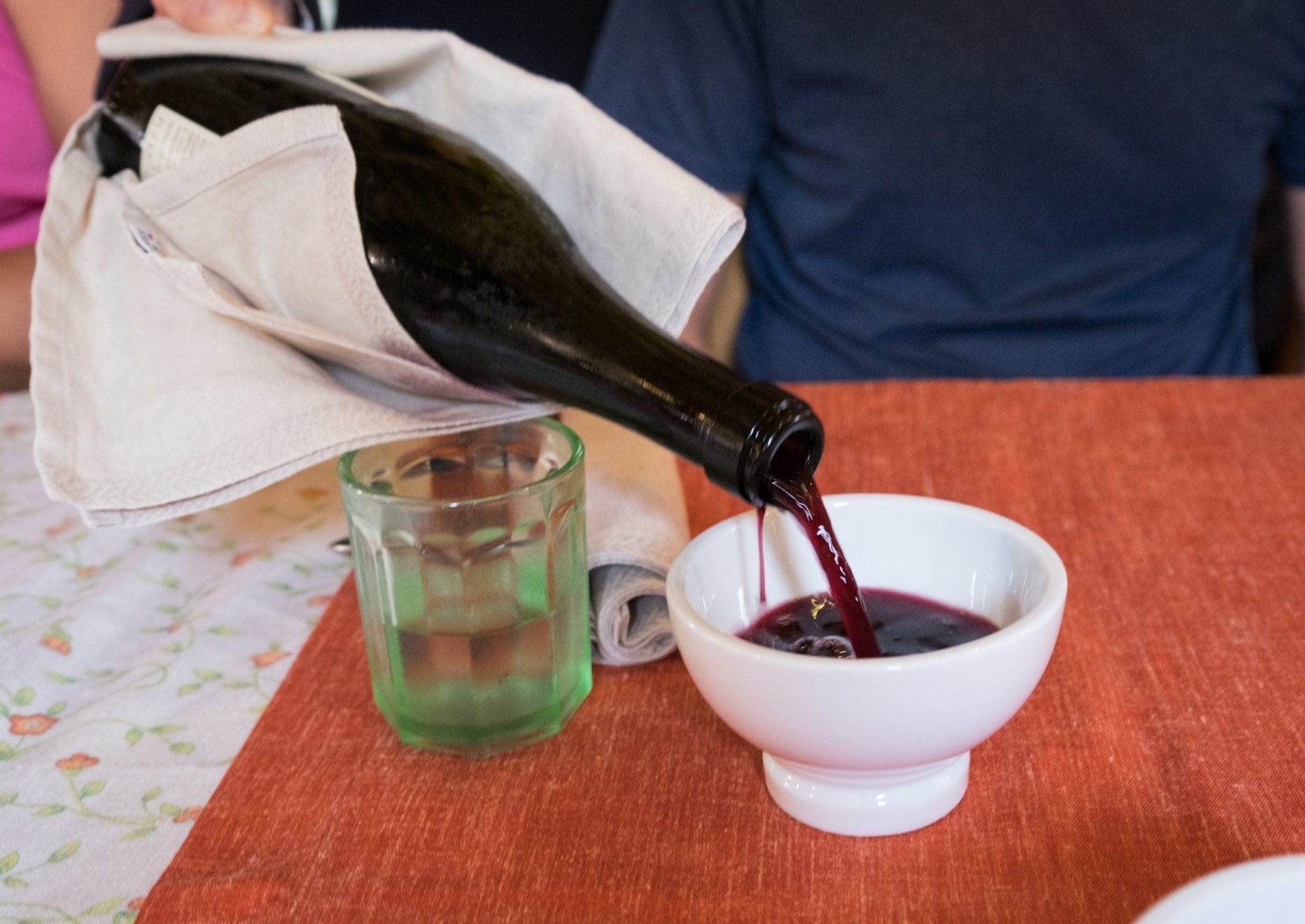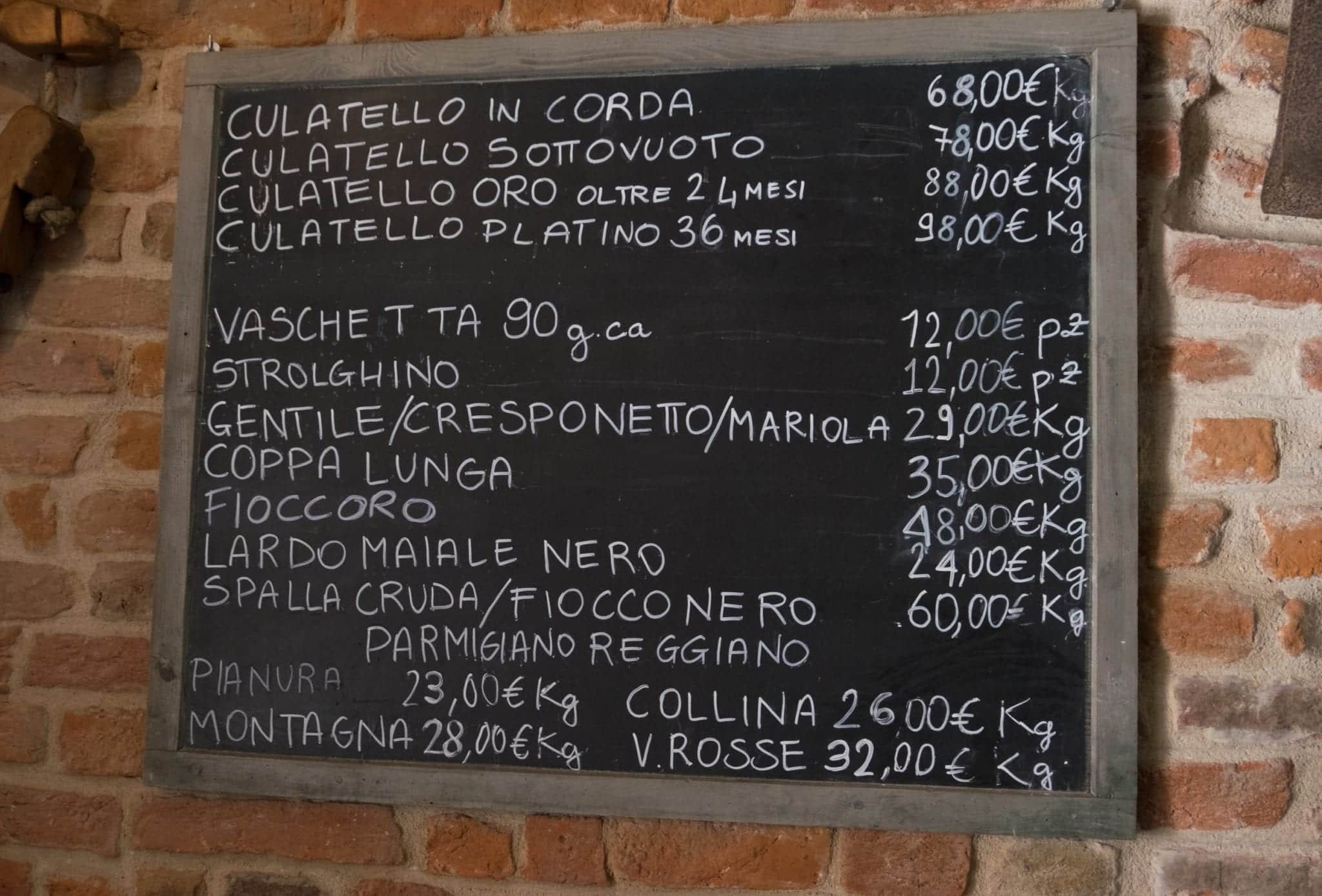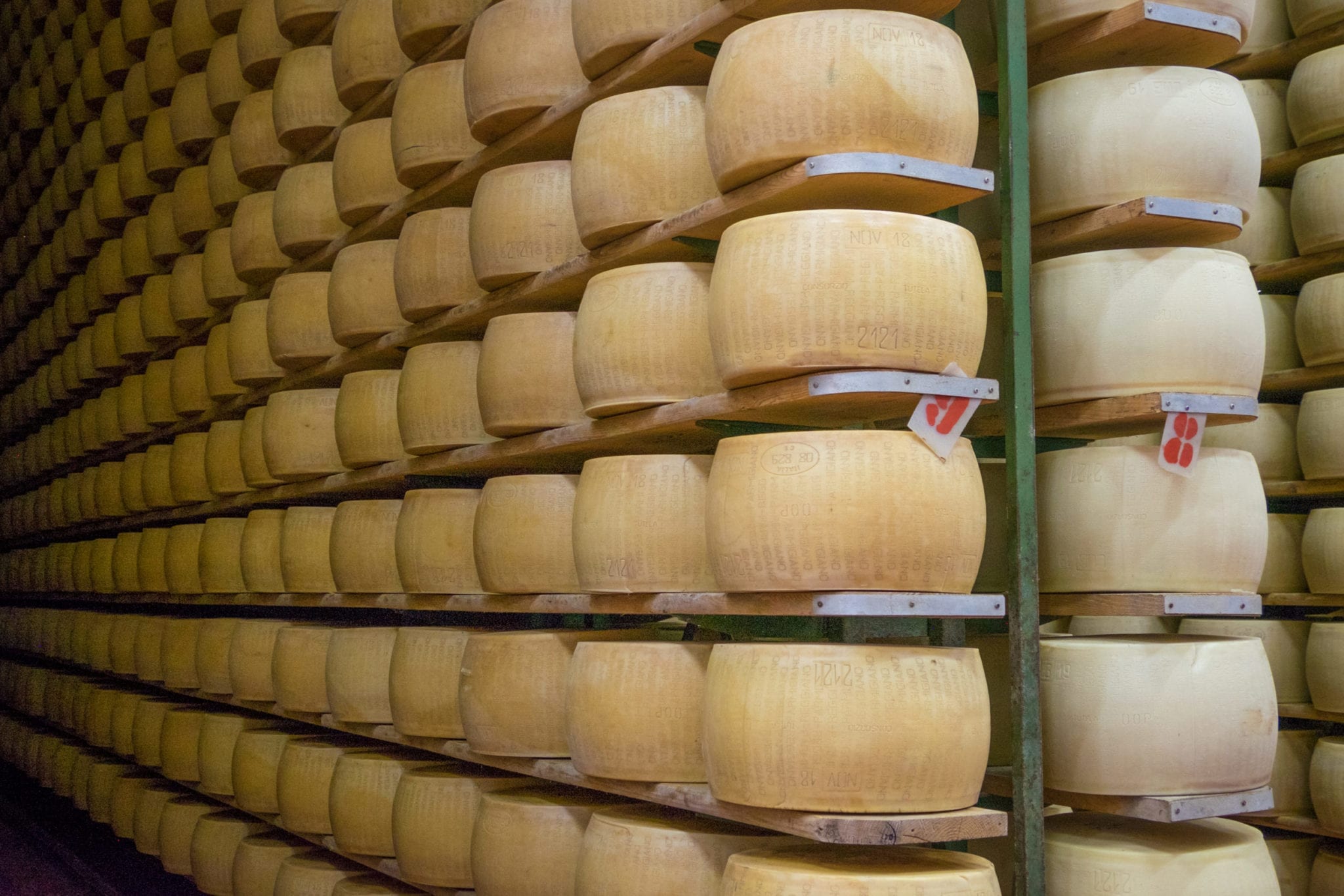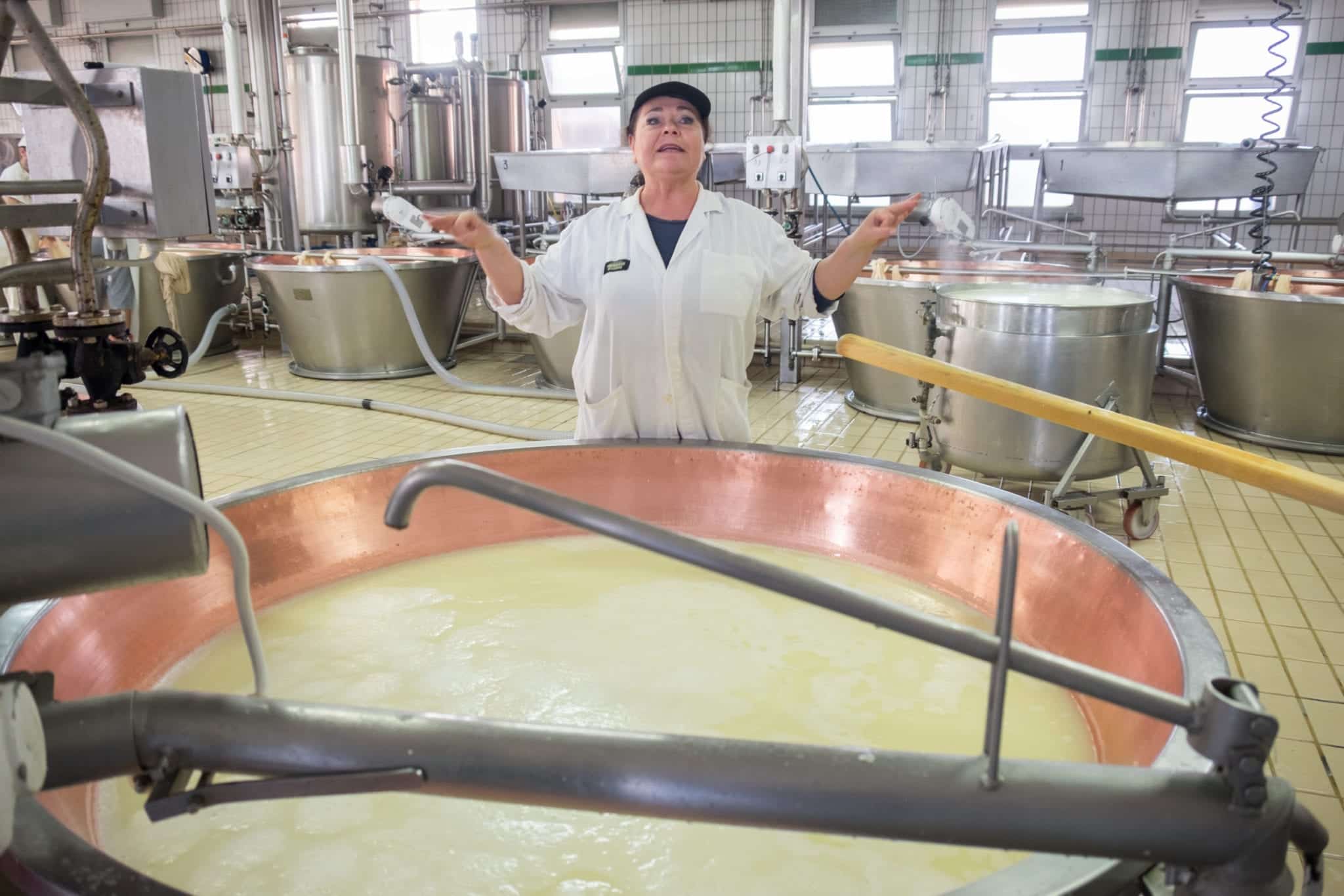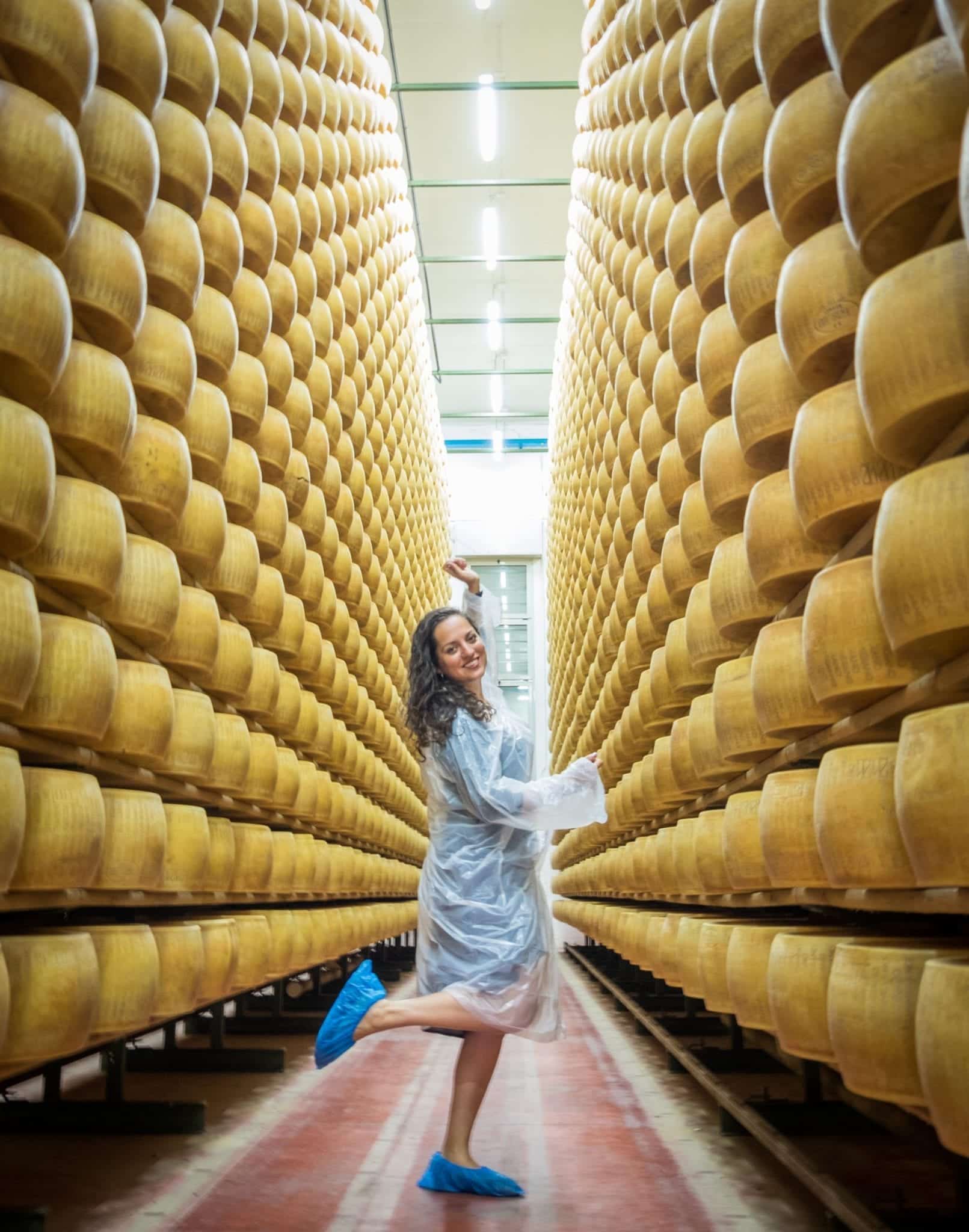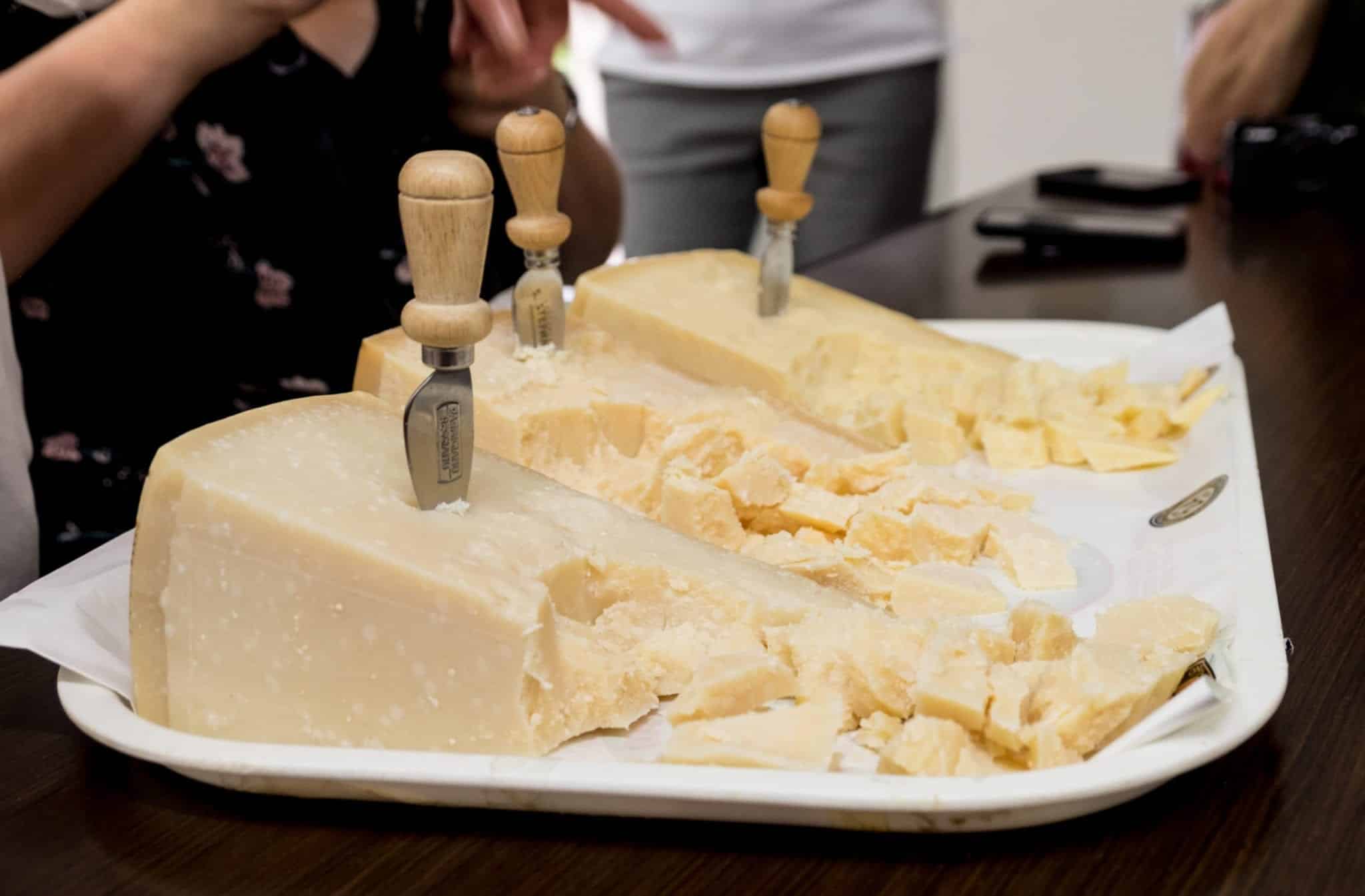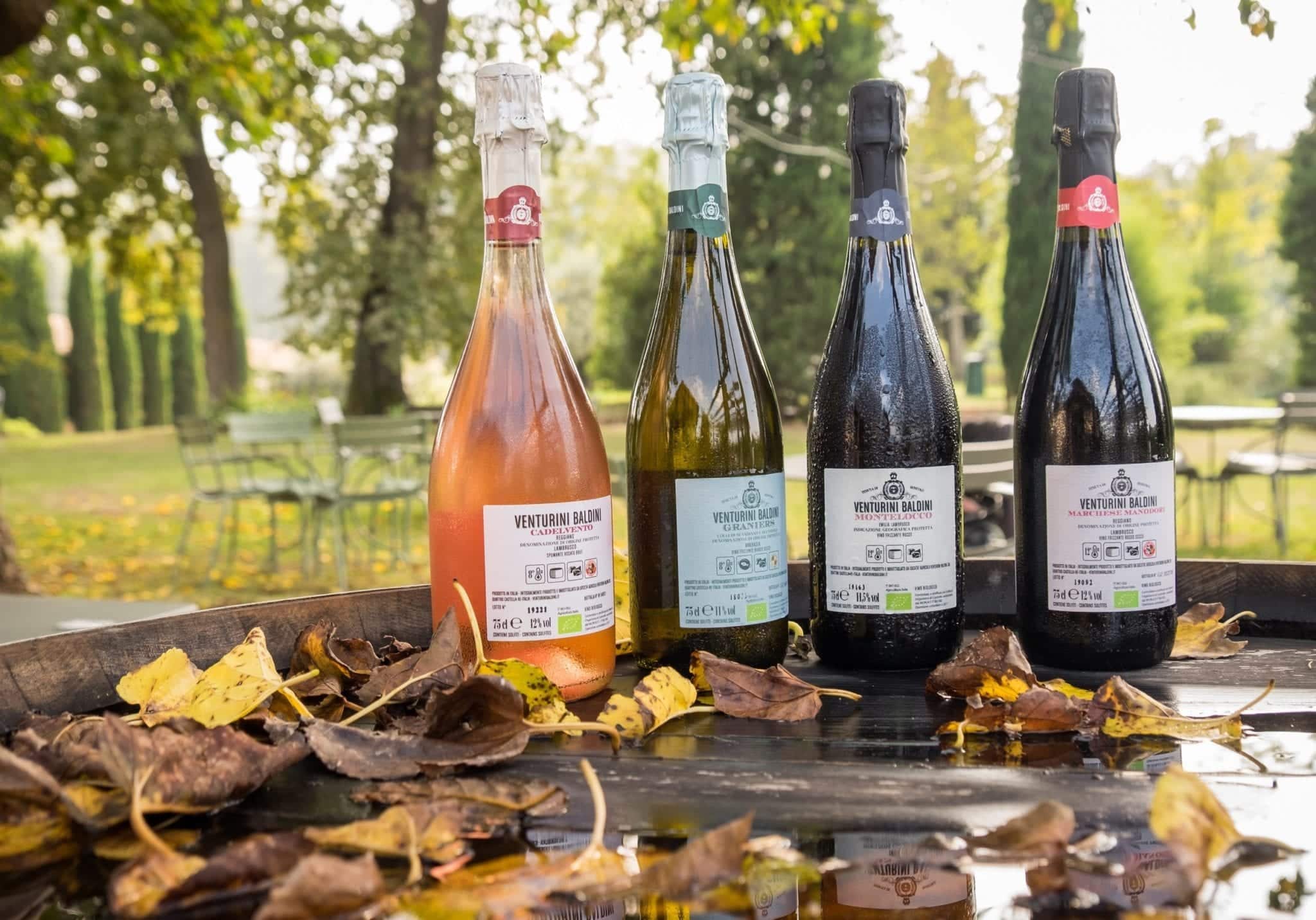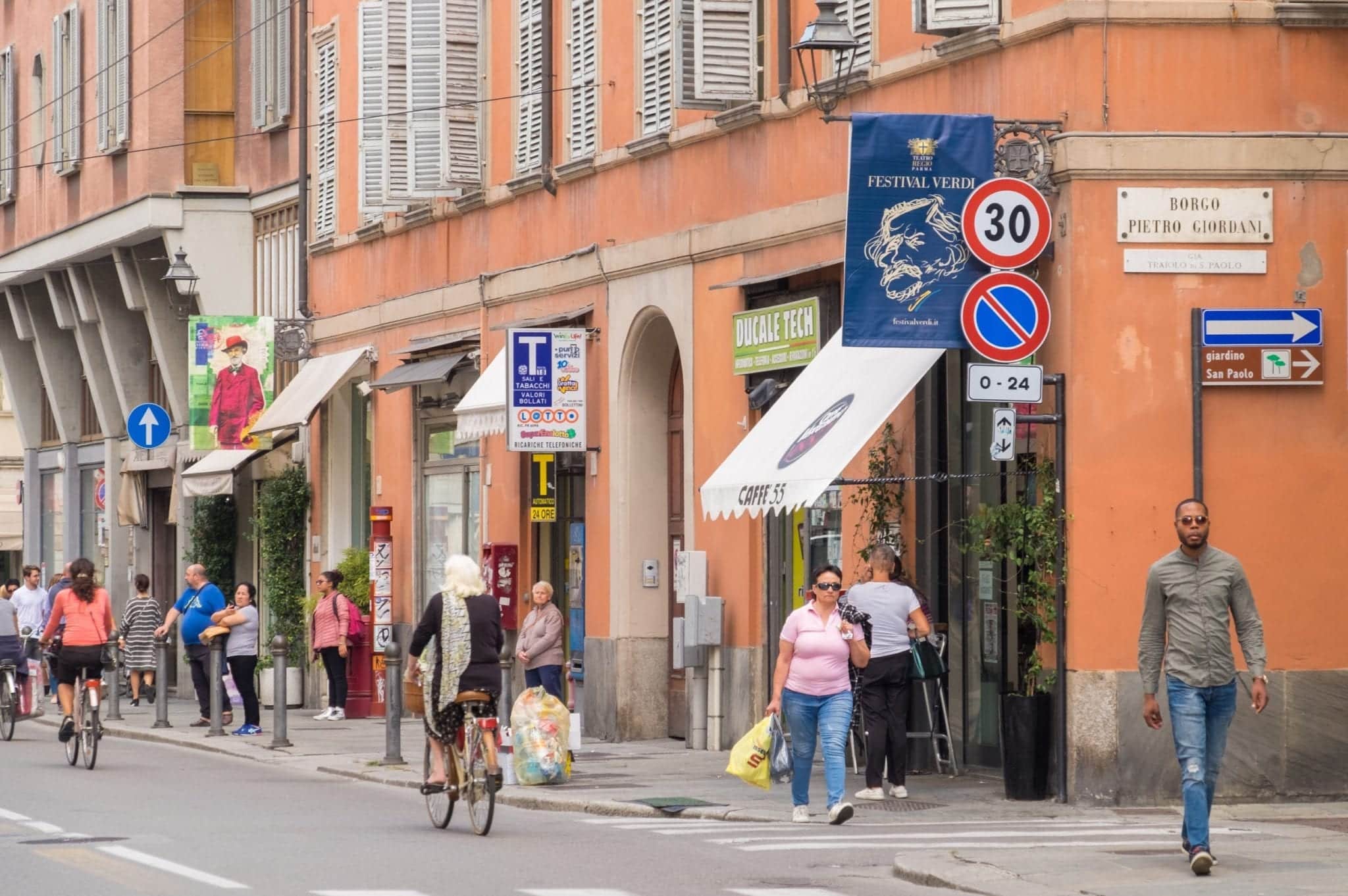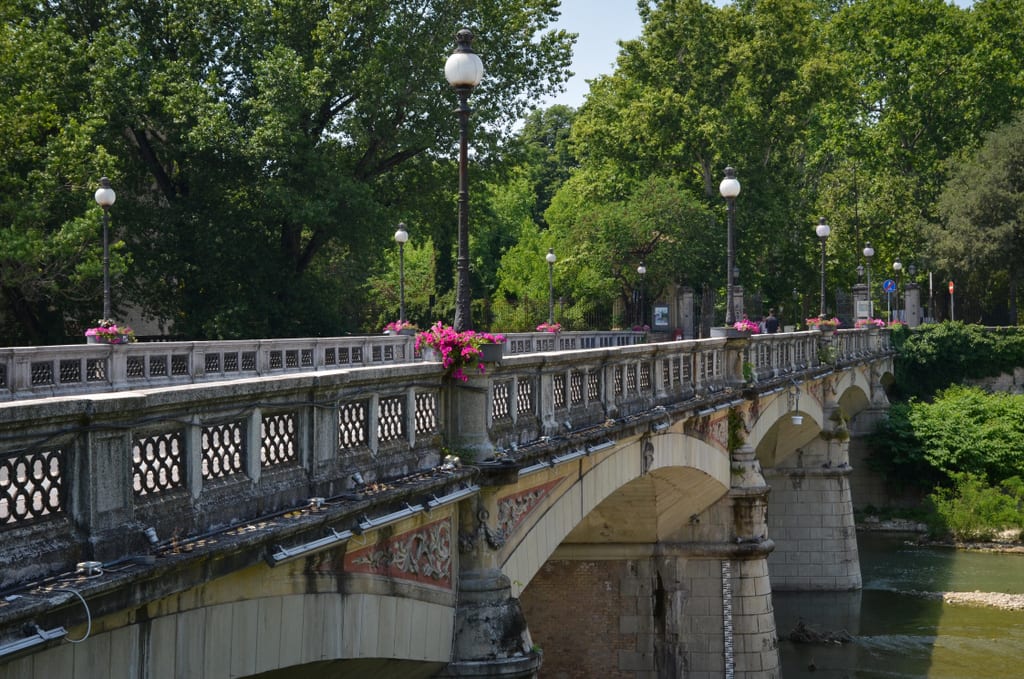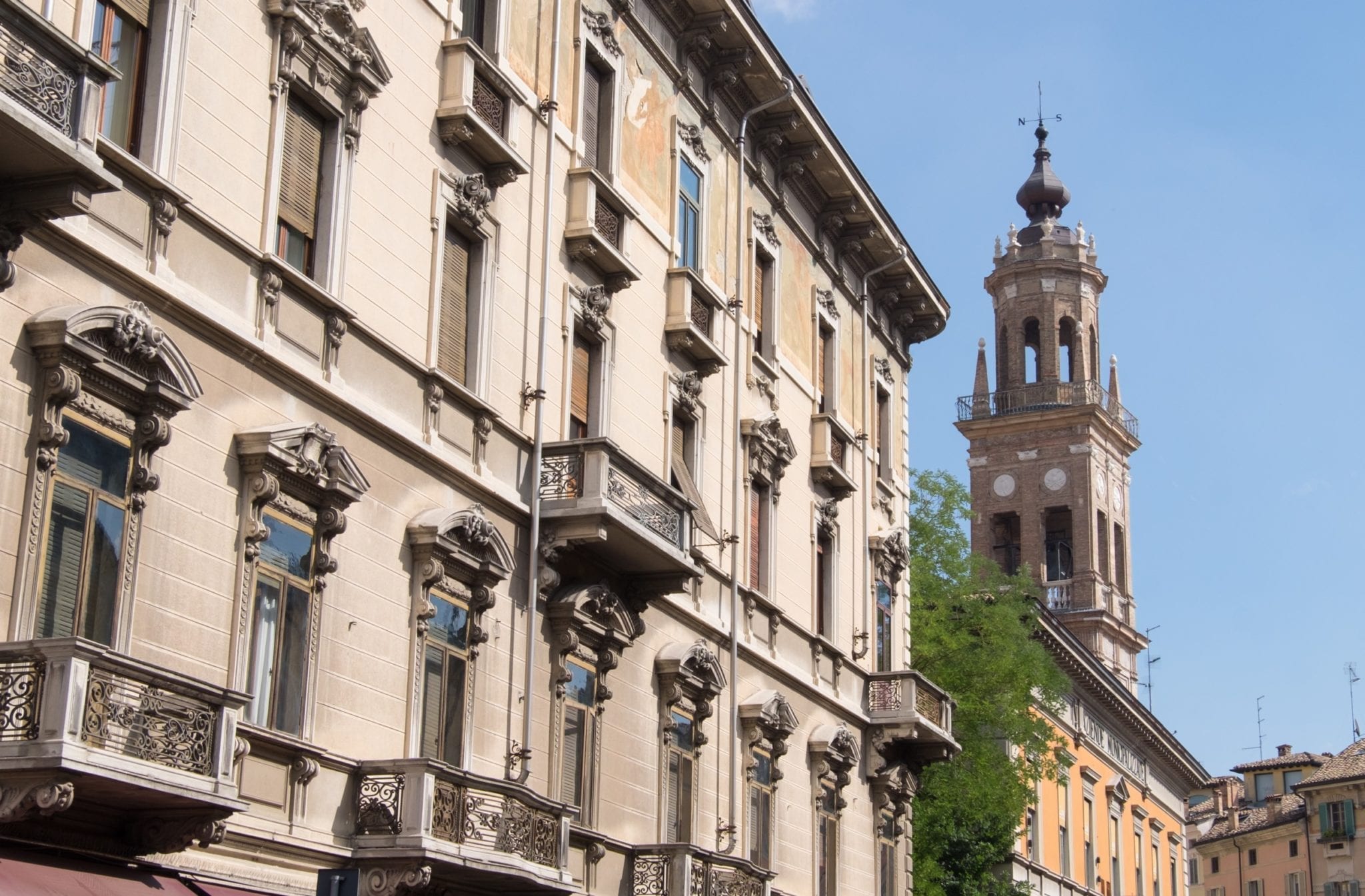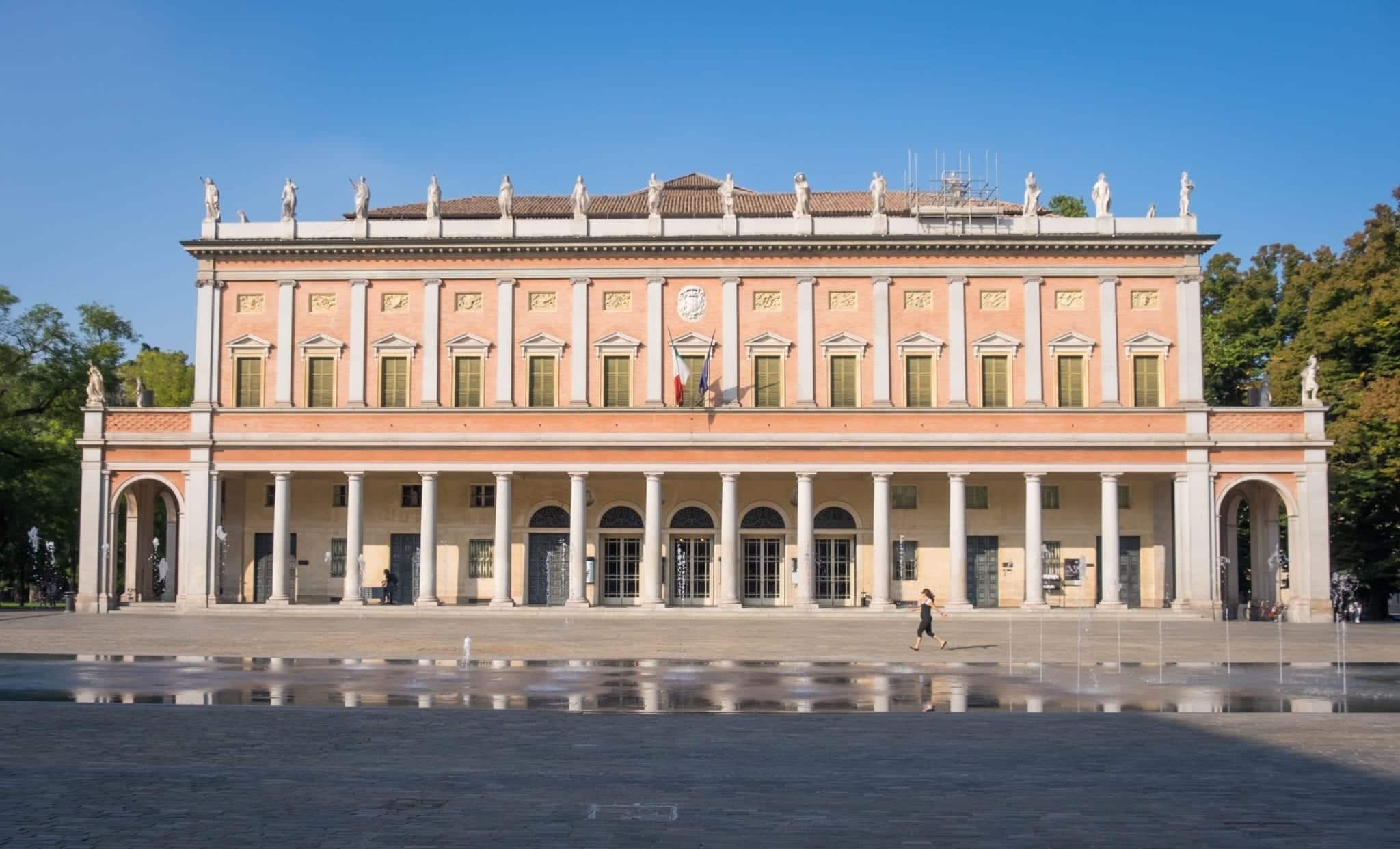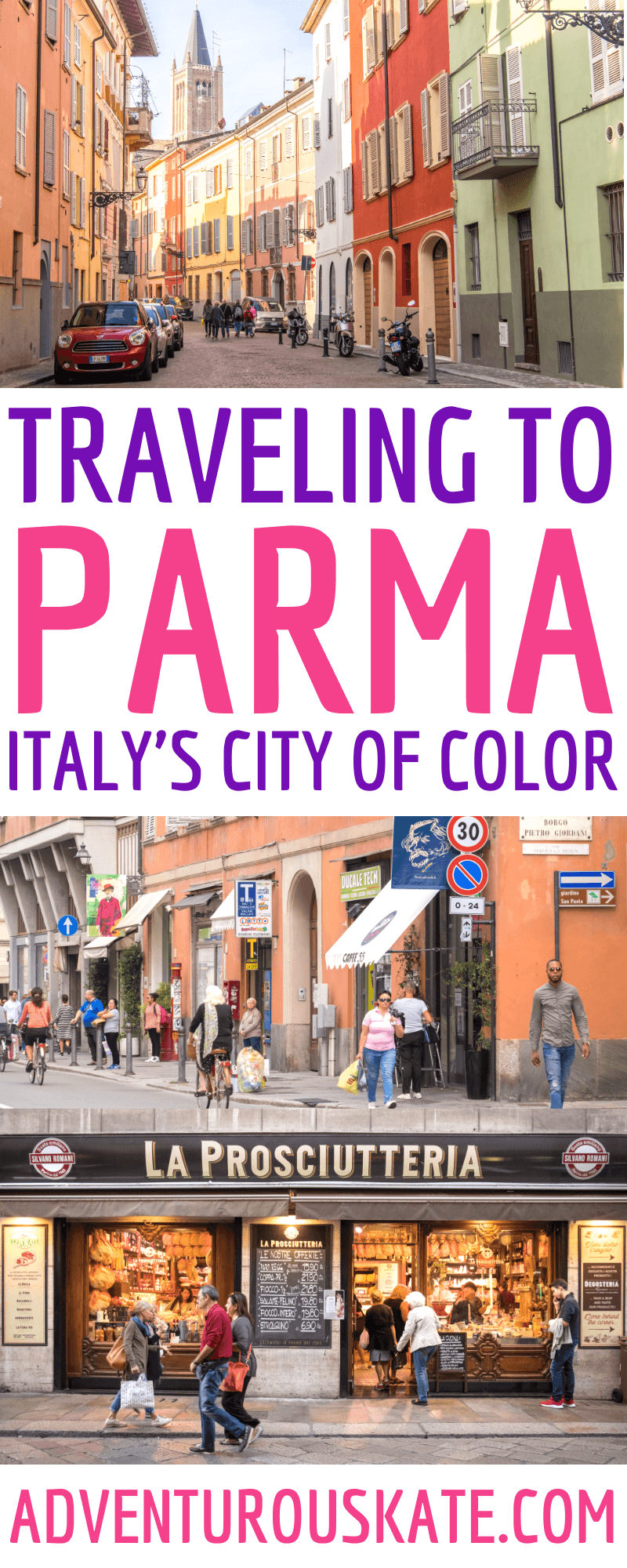Why You Should Travel to Parma, Italy
Of all the cities in Italy, why should you travel to Parma?
I have been traveling in Emilia-Romagna, a beautiful and delicious region in northern Italy, since 2011. Bologna has always been my favorite city in the region (indeed, it’s my favorite city in Italy), but I’ve always considered Parma my second-favorite.
I first traveled to Parma for a day trip in 2013. I had gone for a parmigiano factory experience and spent the rest of the day enjoying the city. As I walked through Parma’s buzzing streets, I was pleasantly surprised. This city was so colorful! With such cute shops! And a truly spectacular cathedral!
One day wasn’t enough. But six years later, I came back.
This September, I attended the Social Travel Summit in Ravenna, Italy. Part of the summit included a three-day post-conference tour through Emilia-Romagna. With four different places I could choose to explore, I knew where I wanted to go the most: back to Parma.
And what a city it is.
Travel to Parma, Italy
Parma is one of the most beautiful cities in Italy — but it seems like nobody knows about it! Parma is in the western part of Emilia-Romagna, Italy, located between Bologna and Milan.
Parma has a long and storied history — its centuries as a seat of power, its conquests by France and Milan, its wars and times of peace. But visit today and you’ll find a modern, beautiful and very colorful city.
Parma is the kind of city I love visiting in Italy — it’s small enough to see the main sights on foot, but large enough to have lots of options; home to some interesting attractions but not overwhelming with a sightseeing to-do list; lots of cool shops and boutiques, and great food and wine!
The streets are lovely enough — but there are three specific sites in Parma that I recommend visiting because they’re visually stunning.
The Cathedral of Parma
In my opinion, Parma is home to one of the most stunning cathedrals in Italy. And I say that as a somewhat jaded Italy traveler who is tired of seeing cathedrals all the time.
When you walk in, it takes your breath away.
Don’t miss the Baptistery either, with its frescoed ceiling.
Teatro Regio
One of Parma’s most famous residents is composer Giuseppe Verdi. Parma is Verdi-crazy with monuments and bridges named after him, and the city puts on a Festival Verdi each year.
(Fun fact about Kate: Did you know that I have a classical singing background? I performed Verdi’s Requiem with the Connecticut Grand Opera when I was in college and it was one of the best musical experiences of my life!)
If you’re spending time in Parma, you should take in a classical performance of some kind. And the Teatro Regio, Parma’s primary theater, is absolutely SPECTACULAR — over the top in all its Baroque glory, layers of white and gold. It’s a cool place to visit, and they offer both main theater and backstage tours.
You can check the performance schedule here.
 Teatro Farnese
Teatro Farnese
Another cool place to check out in Parma is the Teatro Farnese — a place that is miraculous in the fact that it still exists. The theater was constructed almost entirely from wood in 1618.
It was almost entirely destroyed in 1944 during an Allied raid in World War II, but it was painstakingly reconstructed and reopened in 1962.
Some performances are still held here, and what a thrill it must be to perform in a place like this.
Parma Street Life
But what I most enjoyed about Parma was its street life. I was there on a sunny September weekend, likely the last warm weekend of the year, and people were out in the streets, chatting with loved ones, sitting at outdoor tables and enjoying a bottle of wine.
Oh, and the SHOPPING. Parma is filled with all kinds of cool shops — clothing shops, houseware shops, food shops, map shops, all kinds of fun shops!
I absolutely love Bologna, and nowhere can match that city’s vibe. But I think Parma exceeds Bologna on some levels. It’s much prettier and more colorful (Bologna is primarily red and pink, but Parma uses a larger warm palette). A lot of the streets in Bologna look the same, so much that I often get lost, but in Parma, everything’s more distinctive.
And if you’re looking to shop while in Italy (and you should!), I’d recommend Parma over Bologna. Bologna has H&M and Zara, and Prada and Gucci, but not a lot in between those two price tiers. Parma offers a lot more mid-range fashion.
Parma felt like Bologna — but with a prettifying Instagram filter on top.
And I was surprised at how cheap Parma can be. Much cheaper than the major cities in northern Italy. Cailin and I enjoyed some glasses of lambrusco — just 1.50 EUR each!
Culatello
I consider myself a cured meats aficionado and an Emilia-Romagna expert — but I’m embarrassed that I knew almost nothing about culatello before this trip. Parma may be most famous for its namesake prosciutto, but culatello is prosciutto on a much higher level.
When my boyfriend saw on my schedule that I’d be visiting a culatello producer, he was thrilled — he loves Italy and Italian food even more than I do. He asked me if I could bring a culatello home.
“Sure, I’ll get you one,” I said.
“I’ll give you money.”
“Nah, it’s fine, you can pay me back.”
“No, I’ll give you money. It could be four hundred euros.”
I stared, aghast. Four hundred euros? Just how good WAS this meat?
Quite good, it turns out.
We visited Antica Corte Pallavicina, located in the town of Polesine Parmense, about a 45-minute drive northwest of Parma. This is not only a culatello production facility — it’s also a luxurious agriturismo and restaurant.
One thing you’ll learn quickly in Emilia-Romagna is that the region is full of micro-climates, and many traditional foods must be produced within a tiny, specific micro-climate. Traditional balsamic vinegar from Modena is perhaps the best known product; I wrote about that here.
Culatello is also dependent on a microclimate and is produced in the misty, humid lowlands north of Parma. “For us, this is a clear day,” our guide Giorgia joked, pointing up at the hazy gray-blue sky.
The culatelli hang and cure in cellars, no more climate control than simply the opening and closing of a window. It’s like a scene out of a horror movie, hams hanging on chains and connected by cobwebs in the darkness.
And if you look closely — those hams are reserved for Prince Albert of Monaco, Prince Charles, and some of the best restaurants around the world, from Osteria Francesana in nearby Modena to the Shangri-La in Tokyo.
Chef Massimo Spigaroli is the guiding force at Antica Corte Pallavicina. He’s the latest in a long line of culatello producers — his great-grandfather actually cured hams for Verdi!
He’s still producing culatello today — and running both the inn and the restaurant, and giving pasta-making classes to visitors. We joined in.
After half an hour of pasta-shaping, it was time to finally taste the culatello. So how was it?
OH, so good.
Culatello tastes like prosciutto, but there’s a complexity and deepness to the flavor that you don’t get in most meats. It’s more delicate, too — it almost melts on your tongue, like lardo.
I can see why it’s so revered.
Wine used to be considered a food, our server told us, so people used to drink it out of bowls. She poured bowls for us and honestly, the wine seems to go down more quickly when you drink it that way!
And the pasta? Delectable.
And in the end, I did buy a culatello to take back with me. “What can I get for two hundred euros?” I asked an employee. She recommended half a culatello oro. It came out to 147 EUR ($164). I felt like such a baller!
Half a culatello was more than enough meat to enjoy at home — and it tasted just as good when sliced thin and served with scrambled eggs for breakfast.
If you ever have a chance to try culatello, go for it. Culatello became available for purchase in the US in 2017. But there’s nothing like having it at its source, in the misty lowlands near Parma.
As for Antica Corte Pallavicina, I would absolutely go back and stay overnight. I always recommend that travelers to Italy spend at least a bit of time in the countryside — this is a great place to do so!
Parmigiano Reggiano
Parma is home to another world-famous Italian specialty: parmigiano reggiano cheese. This cheese, this superb cheese, this cheese that I buy constantly from the good grocery store in my neighborhood, is a building block of Italian cuisine. Parmigiano makes everything better. Throw a rind in with a pot of soup and taste how much it changes!
Emilia-Romagna has become a culinary travel powerhouse in the last few years — and more people are traveling here to see how the foods are made. Parmigiano Reggiano factory tours have become popular events. We visited Latteria Santo Stefano, where you can learn how this fine cheese is made.
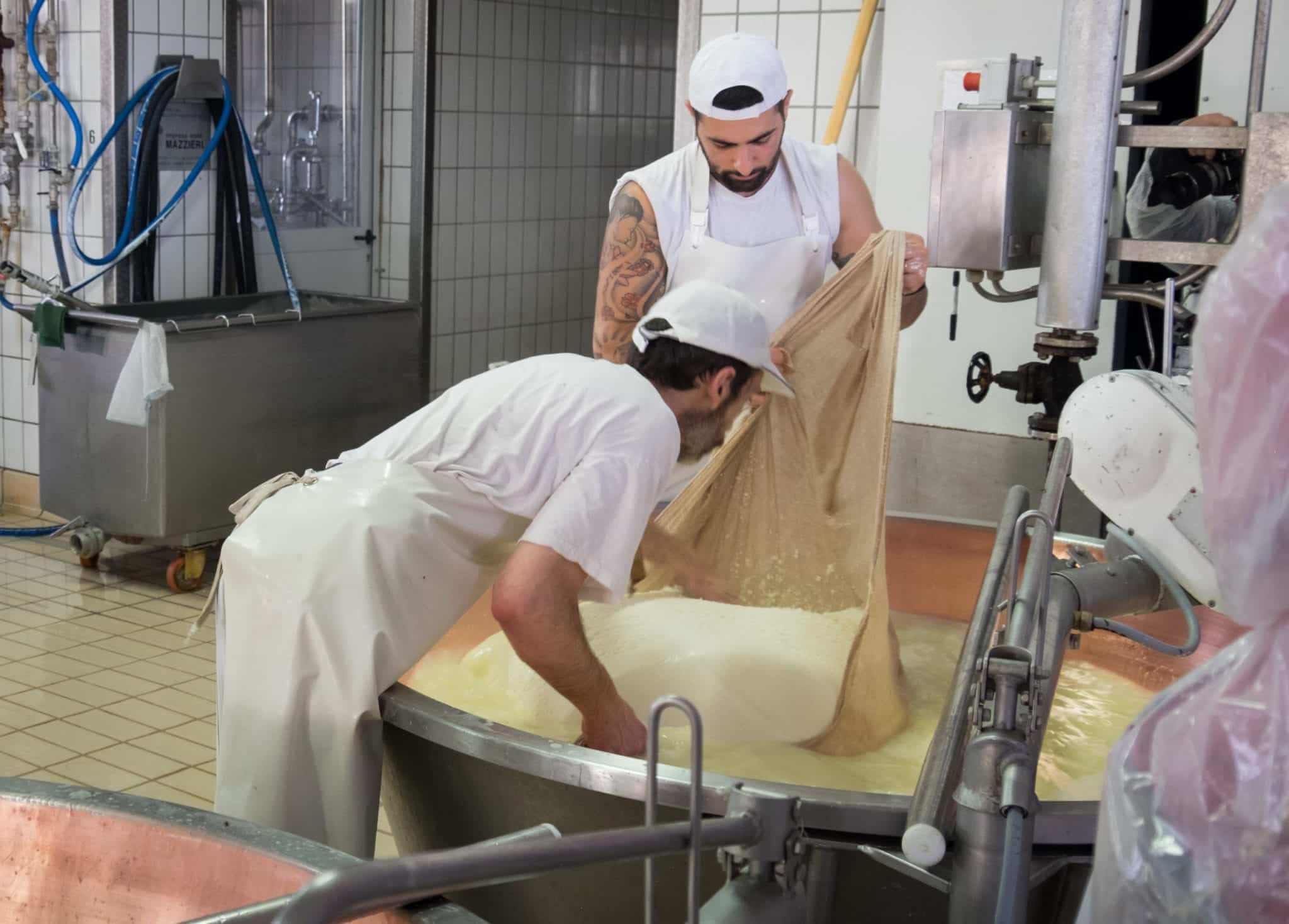
Learning about the cheese is so interesting. But the best part is TAKING PHOTOS WITH THE CHEESE!
Afterward, we sampled the different types of aged cheese — 12, 24, and 36 months. My favorite was definitely the 24. I bought a wedge to take with me — costing a fraction of what I’d pay at Fairway in New York City.
Wine Tasting Near Parma
If you’re going to Italy, you will likely want to go wine tasting. And you can find great wine everywhere. But if you’re looking for something special, visit Venturini Baldini, about a 40-minute drive from Parma.
This organic winery has plenty of swoon-worthy wines — including some fabulous sparkling rosé wines and some Lambruscos! (Lambrusco is from Emilia-Romagna and trust me, it tastes so much better than what you’ve had in the US.)
Not only do they have wine, they also have a selection of vinegars — very fine and special vinegars. Keep in mind that we’re not in Modena so these aren’t consider the traditional balsamic vinegar from that region, but they are special and make a wonderful nonperishable foodie gift to bring home.
One warning — being an organic winery, it means that pesticides aren’t used. If you’re drinking wine outside, try to keep the insects from diving into your glass.
Parma, Italian Capital of Culture 2020
Parma has been chosen as Italy’s Capital of Culture for 2020! That means 2020 is the year to go. When a city is an Italian Capital of Culture, there will be interesting cultural events taking place all year long.
Stay tuned for the schedule.
Where to Stay in Parma
In Parma I stayed at the Hotel Sina Maria Luigia. This four-star hotel is very comfortable and in a pretty good location, a short walk from the action. It was a very Italian hotel catering to Italians more than an international crowd. Wifi was terrible and it was difficult to open the window shades.
If you’re looking to stay in Parma, I recommend staying within the city center. There are lots of great hotels at a variety of price points. Here are the ones that get the highest ratings:
Top-rated hotels in Parma:
Luxury: Park Hotel Pacchiosi
Mid-range: Link124 Hotel
Budget: Ibis Styles Parma Toscanini
Find deals on Parma hotels here.
How to Get to Parma
If you’re flying into Italy, Parma is easily accessible from Bologna and Milan airports. I recommend flying into Bologna Airport if you can; if you fly into Milan, Linate Airport is much closer to Parma than Malpensa Airport and it will save you an extra hour in transit by car or rail.
If you’re taking the train to Parma, the city is strategically located on the train lines between Milan and Bologna, which are two of Italy’s biggest rail hubs.
Flixbus and other bus lines stop in Parma as well.
Where to Go After Traveling to Parma
Emilia-Romagna is one of my favorite regions in the world. You have plenty of wonderful places to include when you travel to Parma.
Reggio Emilia, pictured above, is a lovely little city that I discovered on this trip. It’s similar in size to Parma but feels much smaller. Be sure to sample the local specialty, erbazzone: a delicious pastry filled with chard, parmigiano, and pancetta. 15 minutes from Parma by train.
Modena is another lovely city with outstanding food traditions, like traditional balsamic vinegar, and one of the best restaurants in the world Osteria Francescana (make reservations months in advance). It’s a beautiful city with a UNESCO World Heritage-listed cathedral. 30 minutes from by train.
Bologna is the largest city in Emilia-Romagna. This university city has a relaxed and unpretentious feel, tons of value-for-money restaurants with outstanding food, and a great vibe without too many tourists. One hour from Parma by train.
More on Emilia-Romagna:
Ravenna and its Glorious Mosaics
Bologna, la Rossa: Scenes from a Red City
Modena and Its Famous Balsamic Vinegar
San Marino, the Tiny Nation Surrounded by Italy
Parma is waiting for you!
I am so glad I got to spend more time in Parma. A lot of people will only visit Parma as a day trip (hell, until this year I only visited as a day trip), but there is SO much to offer. Come here at least for a weekend.
And I won’t lie — I enjoyed myself so much in Parma that I actually looked up the prices of property. And it’s less than you’d think!
READ NEXT:
Solo Female Travel in Italy — Is it Safe?
Essential Info: In Parma I stayed at Hotel Sina Maria Luigia, a comfortable four-star hotel in a convenient location, 5-10 minutes from most of the sights in the city center. Find deals on Parma hotels here.
Parma’s cathedral is free to visit; visiting the Baptistery costs 8 EUR ($9).
You can tour the Teatro Regio — regular tours are 5 EUR ($6) for adults and 2-3 EUR ($2-3), backstage tours are 25 EUR ($28) for adults and 12.50 EUR ($14) for students. See the performance schedule here.
Tickets to the Teatro Farnese are 10.20 EUR ($11 USD).
Antica Corte Pallavicina is in the town of Polesine Parmense, 45 minutes outside Parma. Cooking lessons are 140-160 EUR ($155-177). They also offer rooms, a restaurant, and the Culatello Museum. They offer a variety of tours and experiences; see them here.
If you’re interested in visiting Latteria Santo Stefano, contact them at santostefanolatteria@gmail.com. If you’re interested in seeing other Parmigiano Reggiano factories, ParmigianoReggiano.com has a complete directory here.
Travel insurance is essential for every trip — it can save your life or finances if you have an emergency while traveling. I use and recommend World Nomads travel insurance for trips to Italy.
Does Parma look like your kind of city? Share away!
The post Why You Should Travel to Parma, Italy appeared first on Adventurous Kate.
